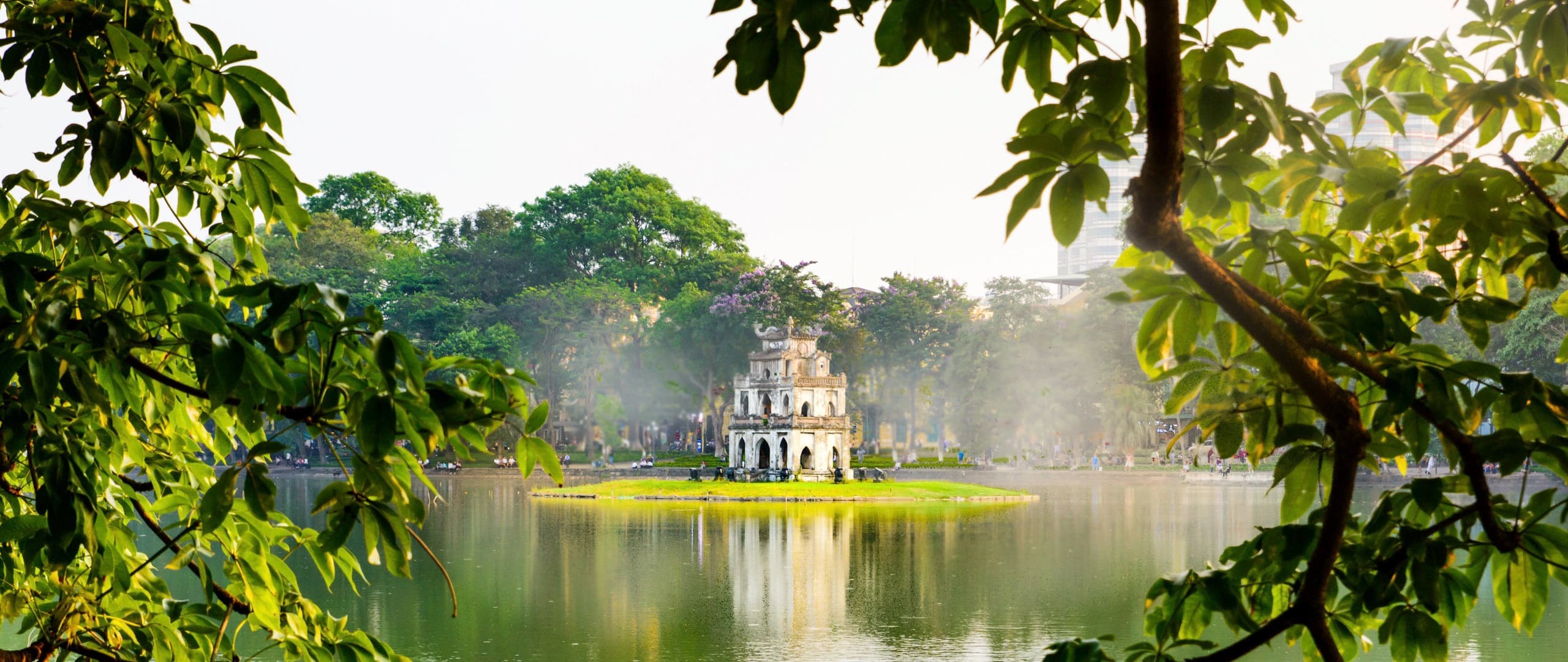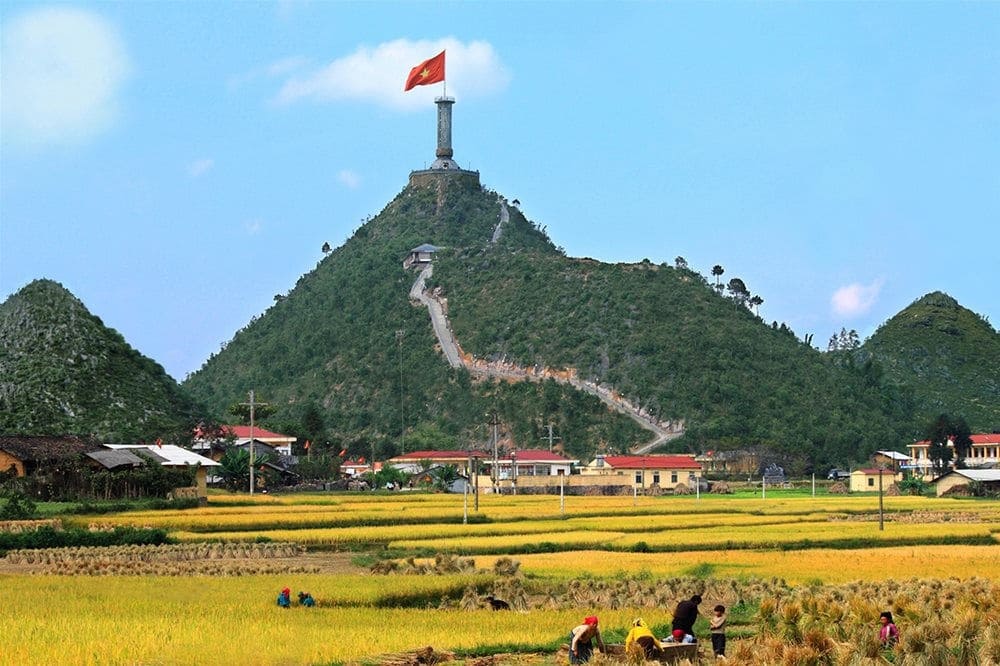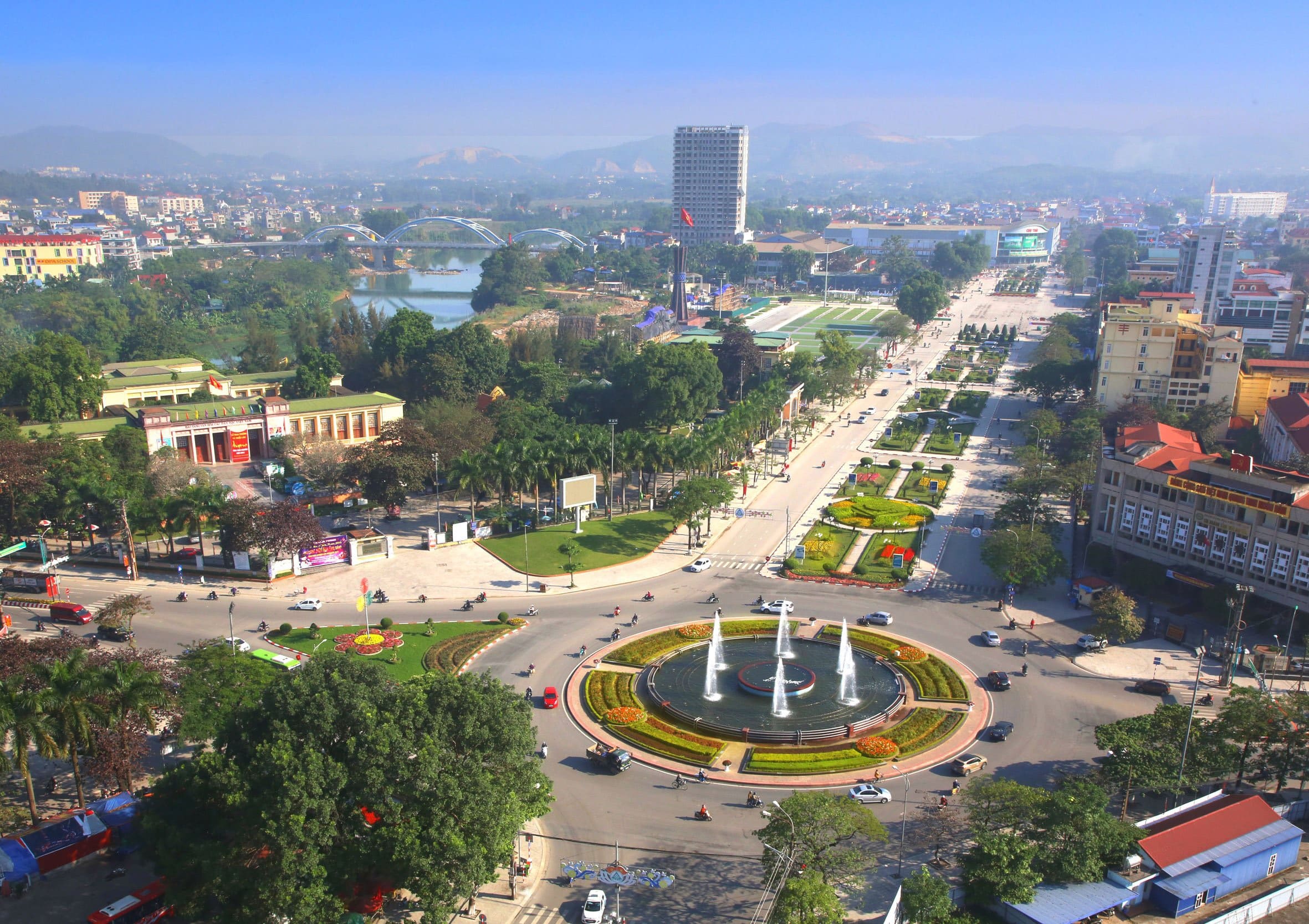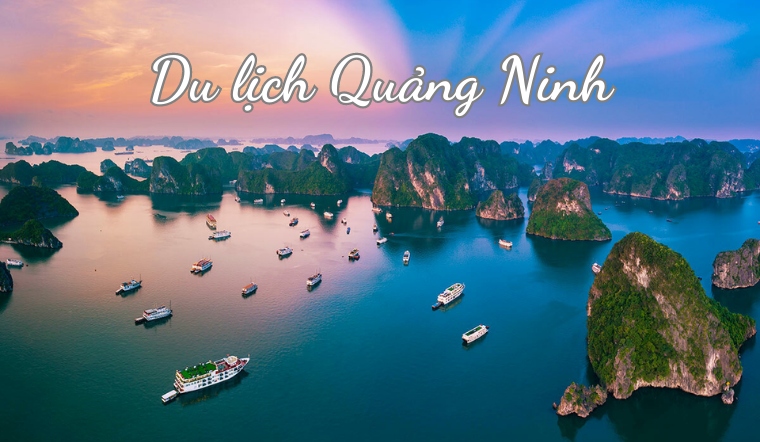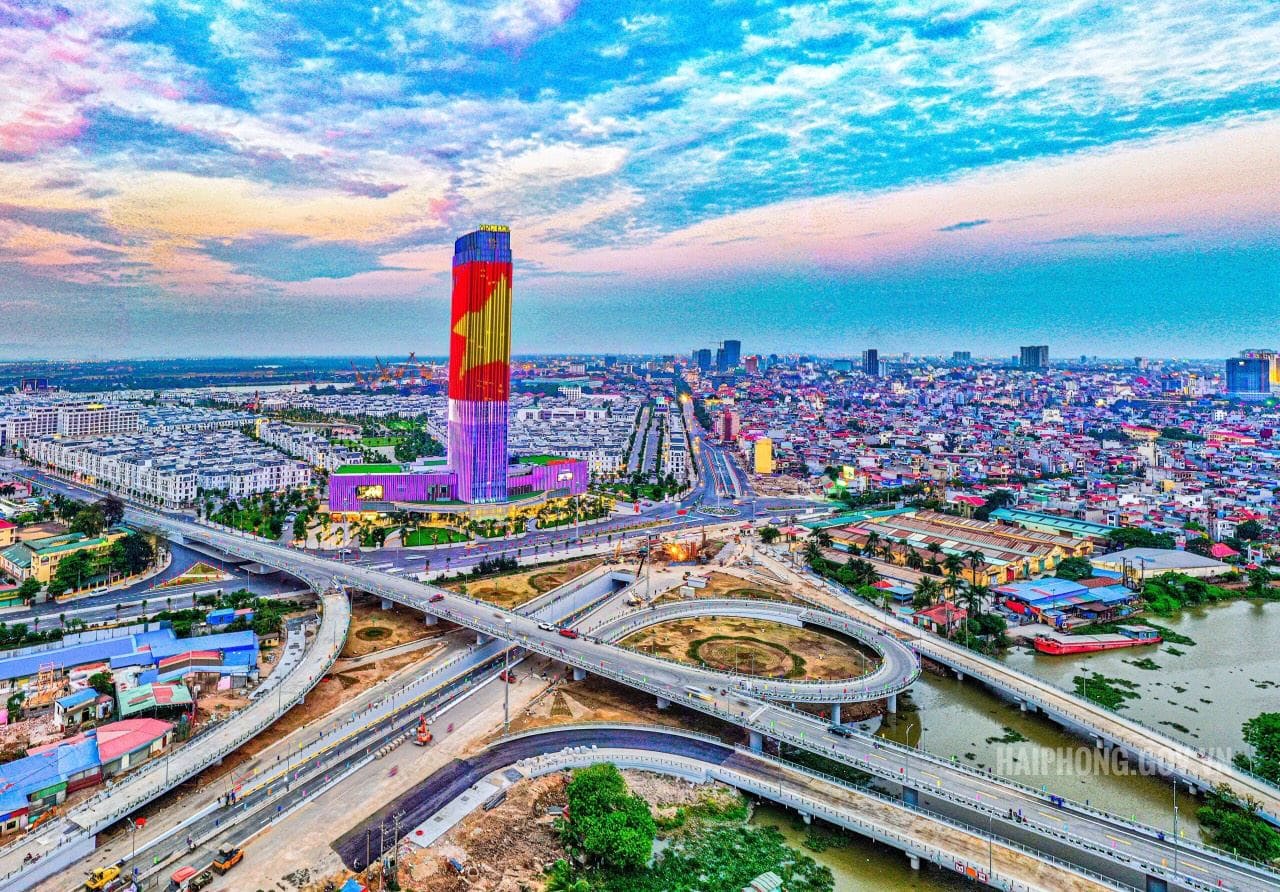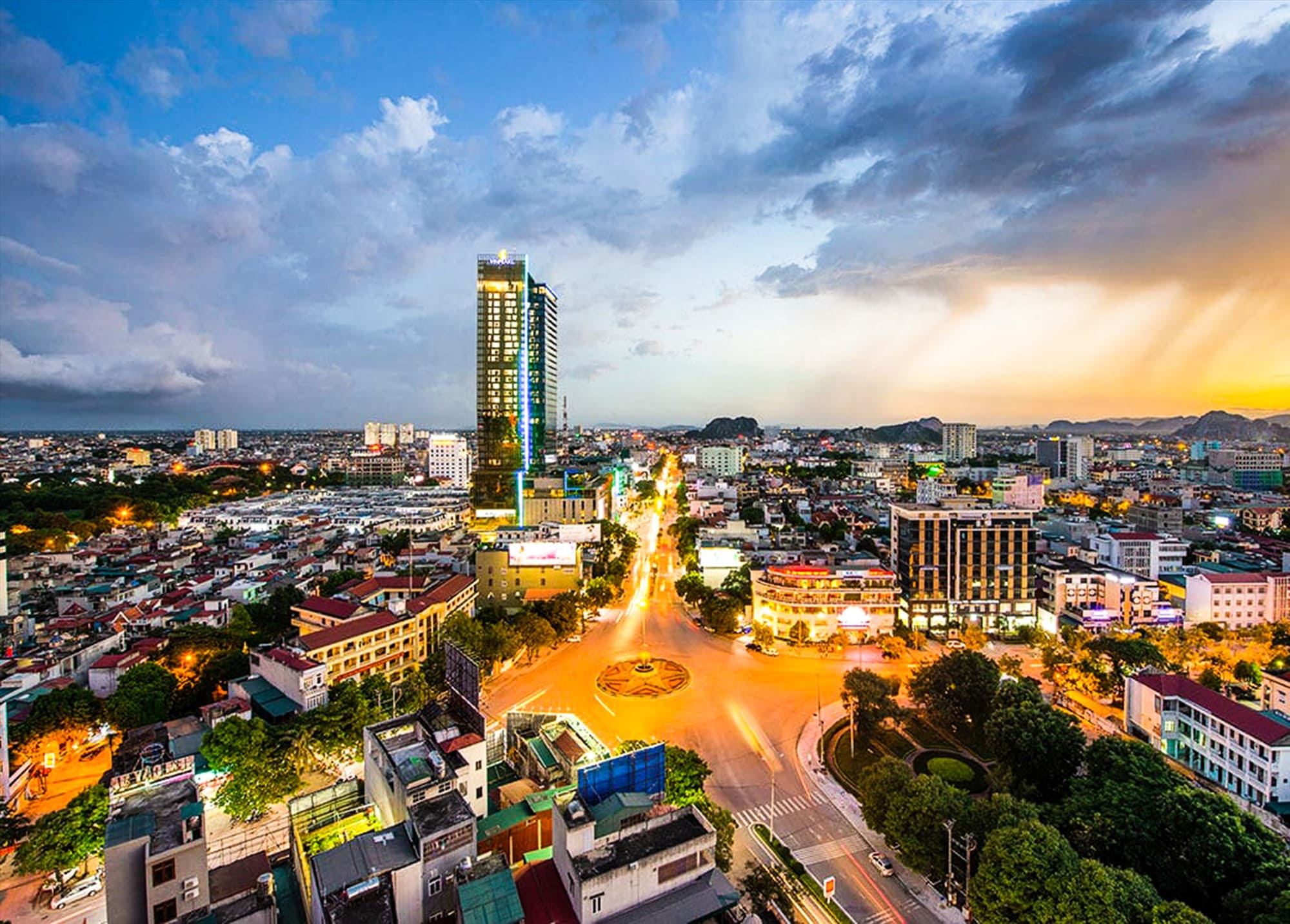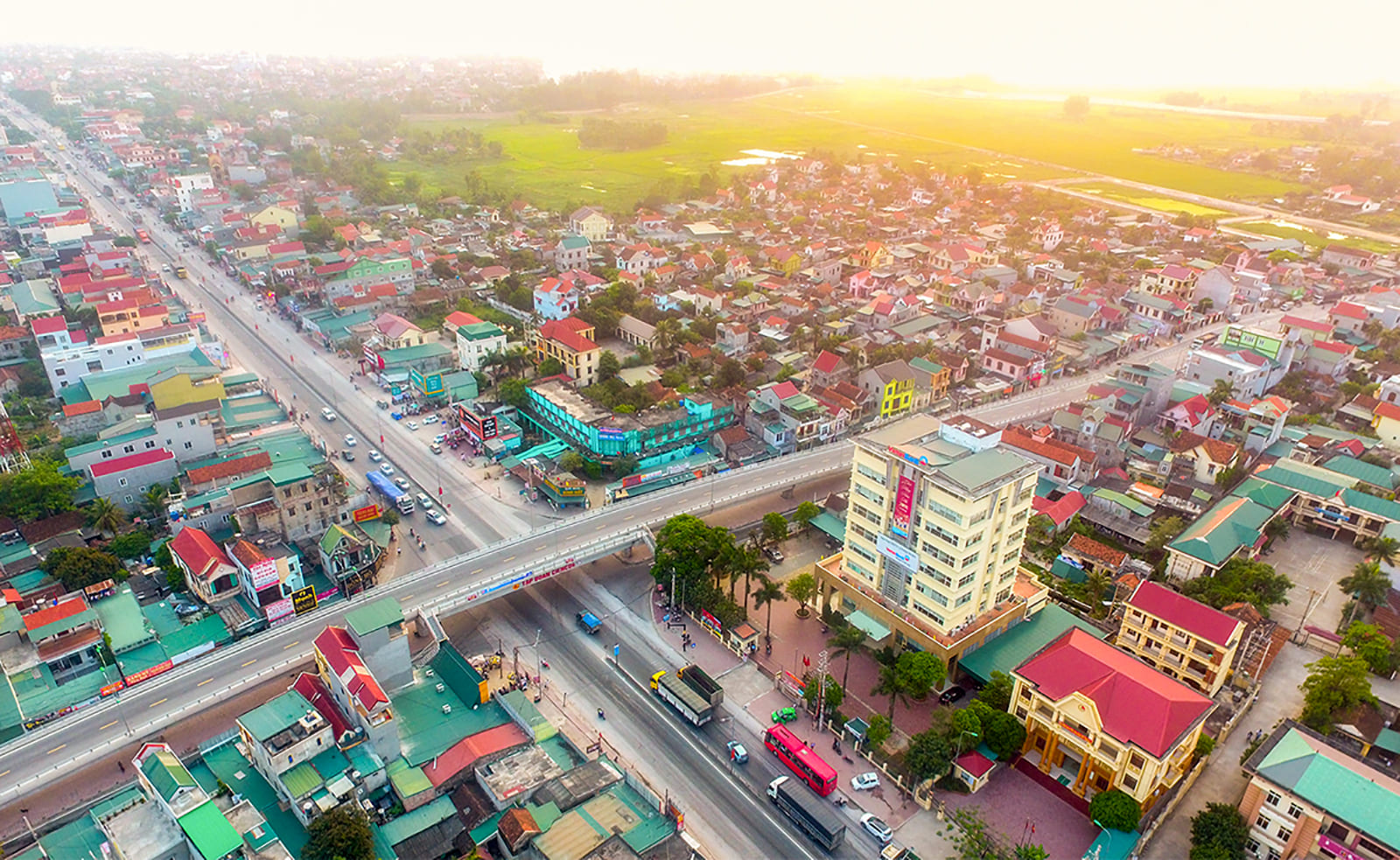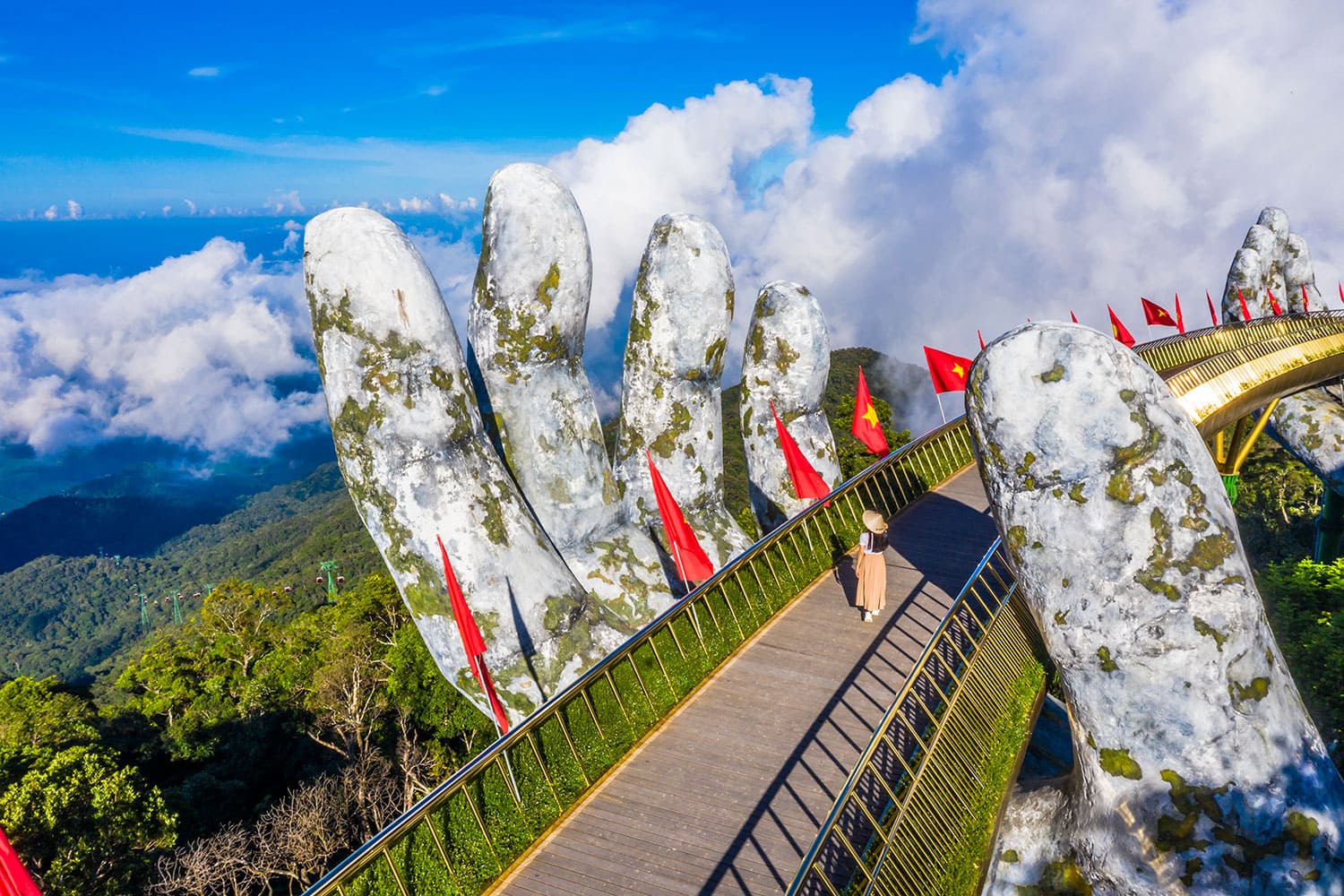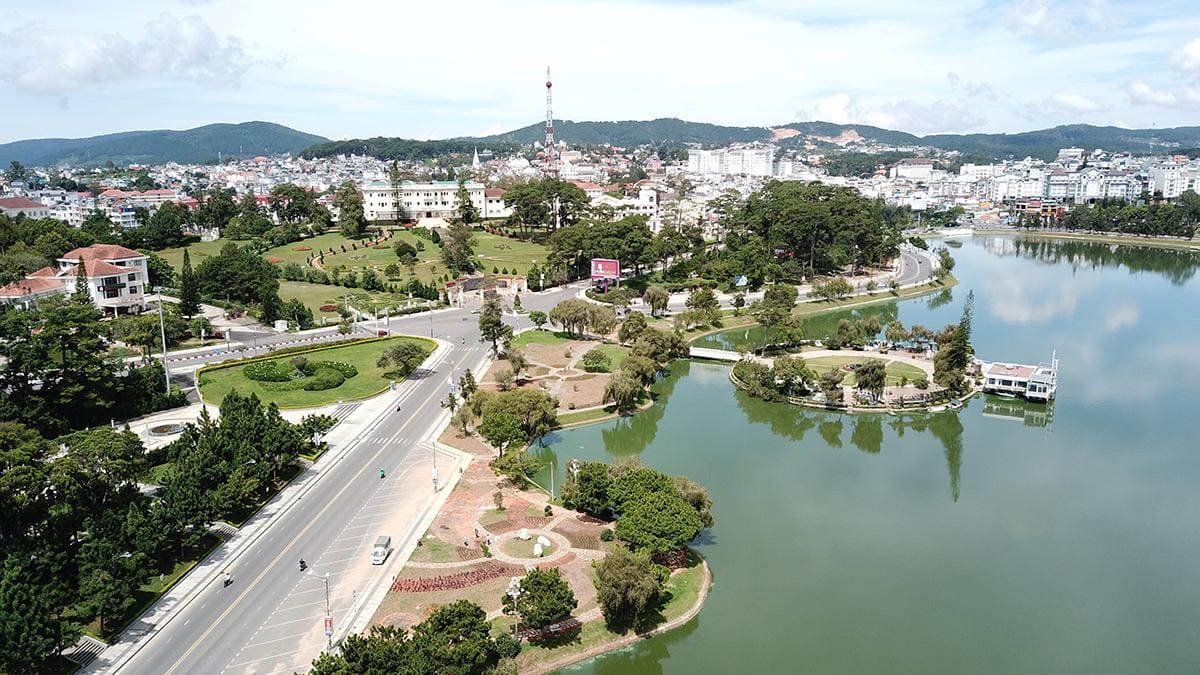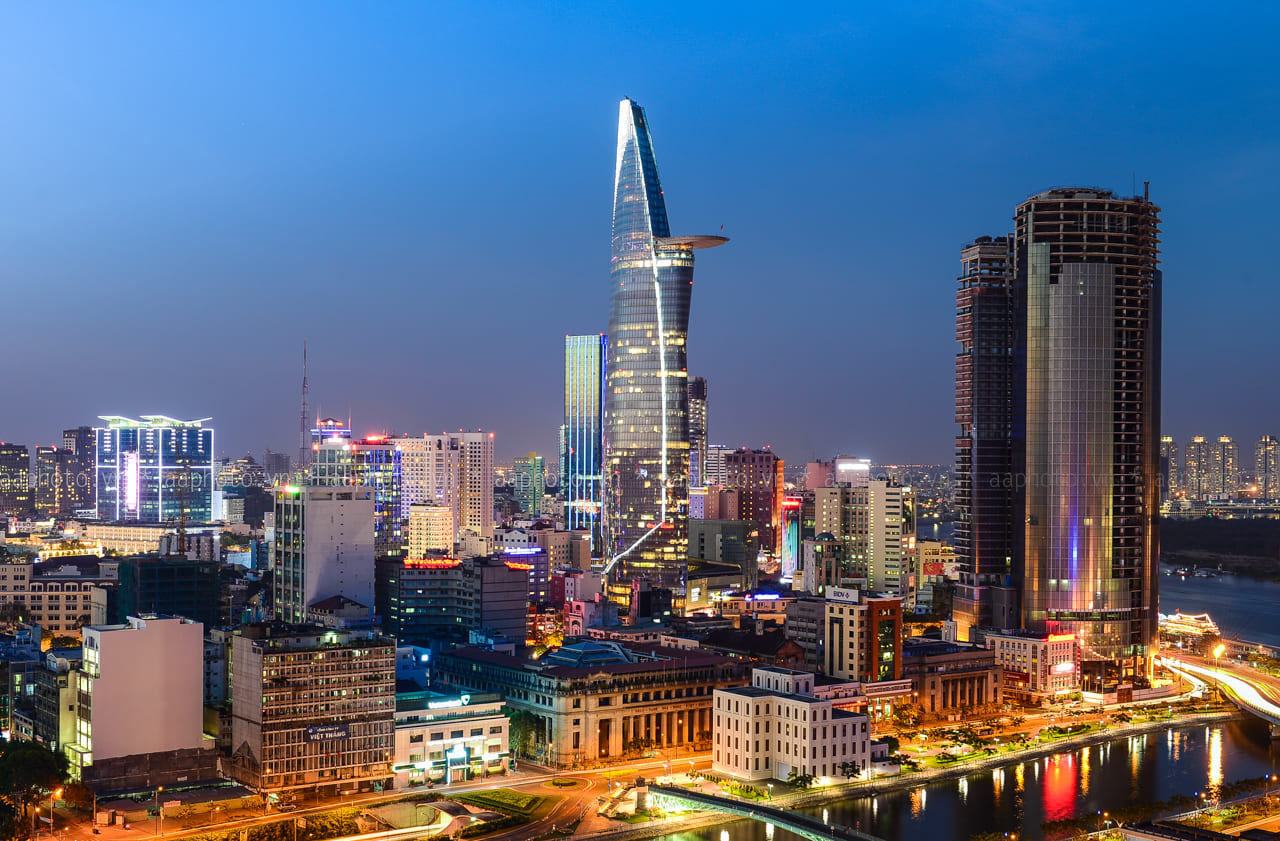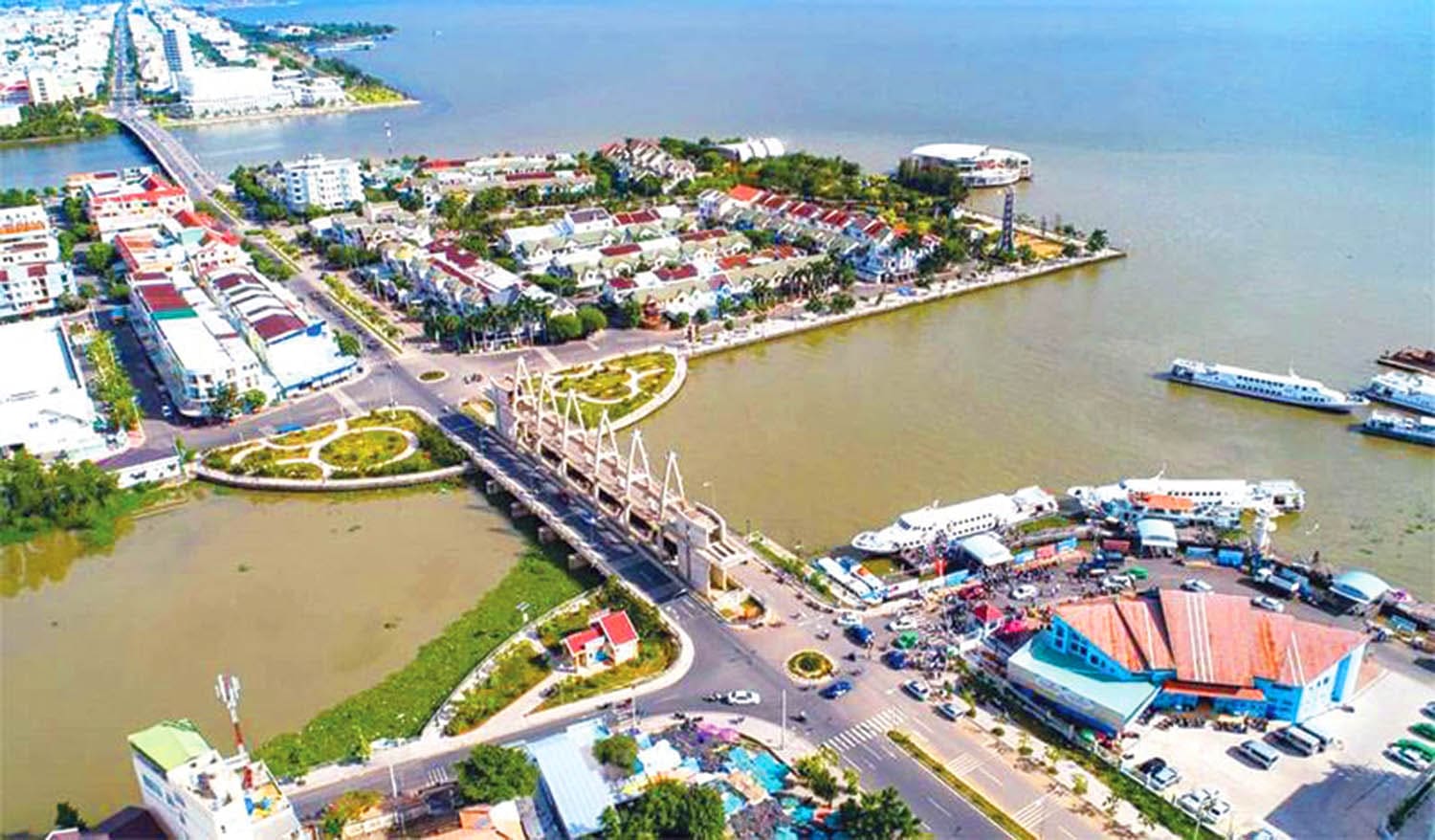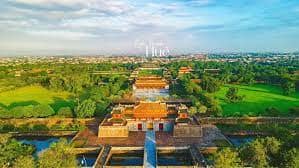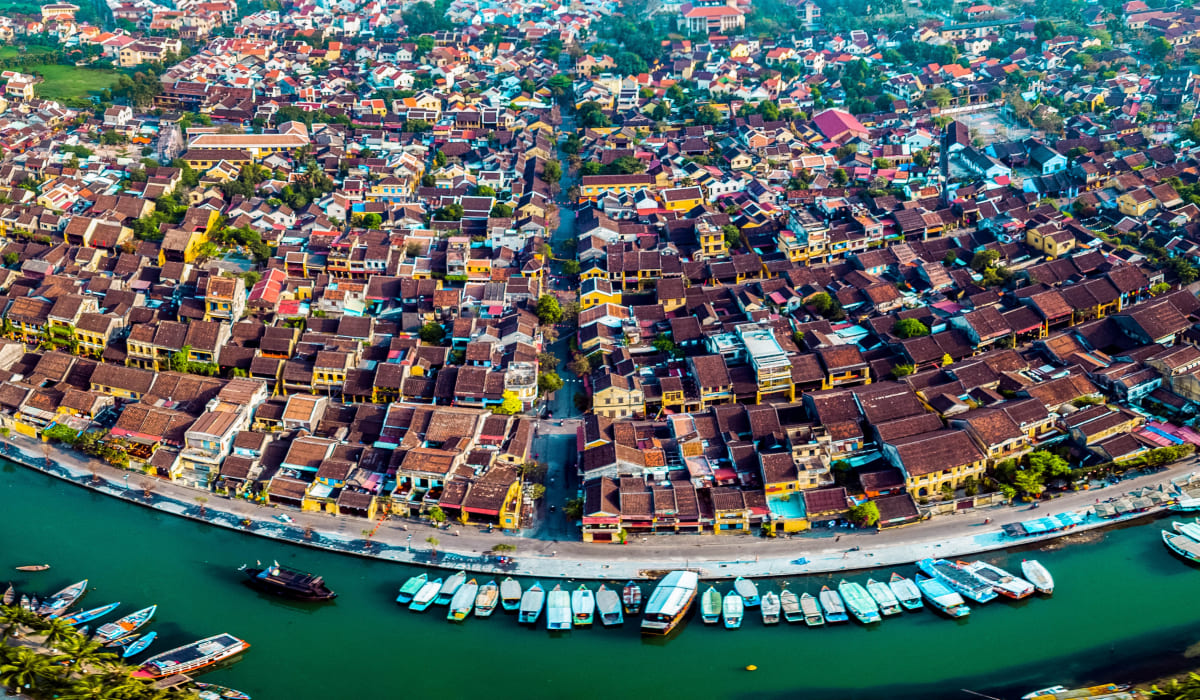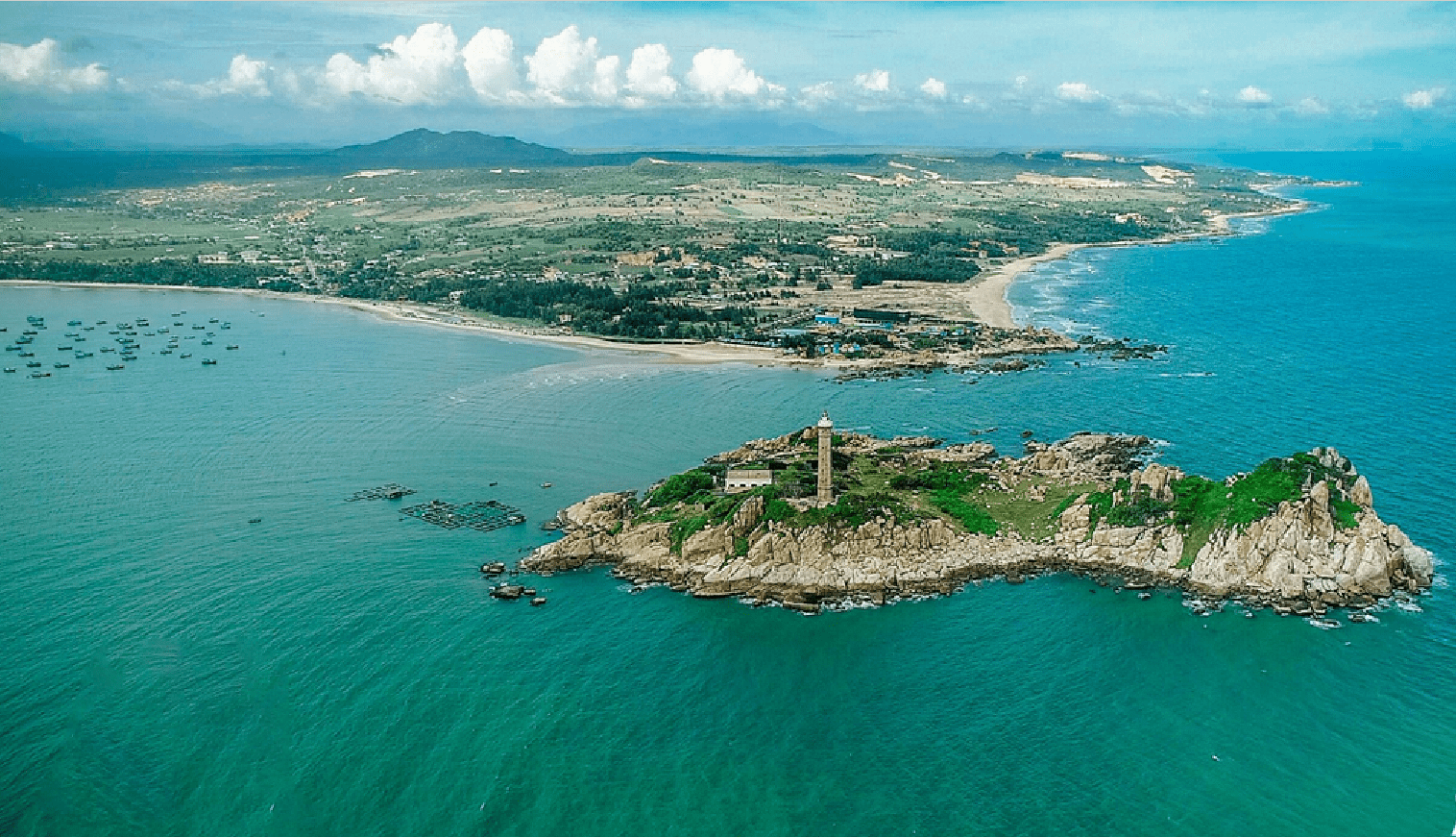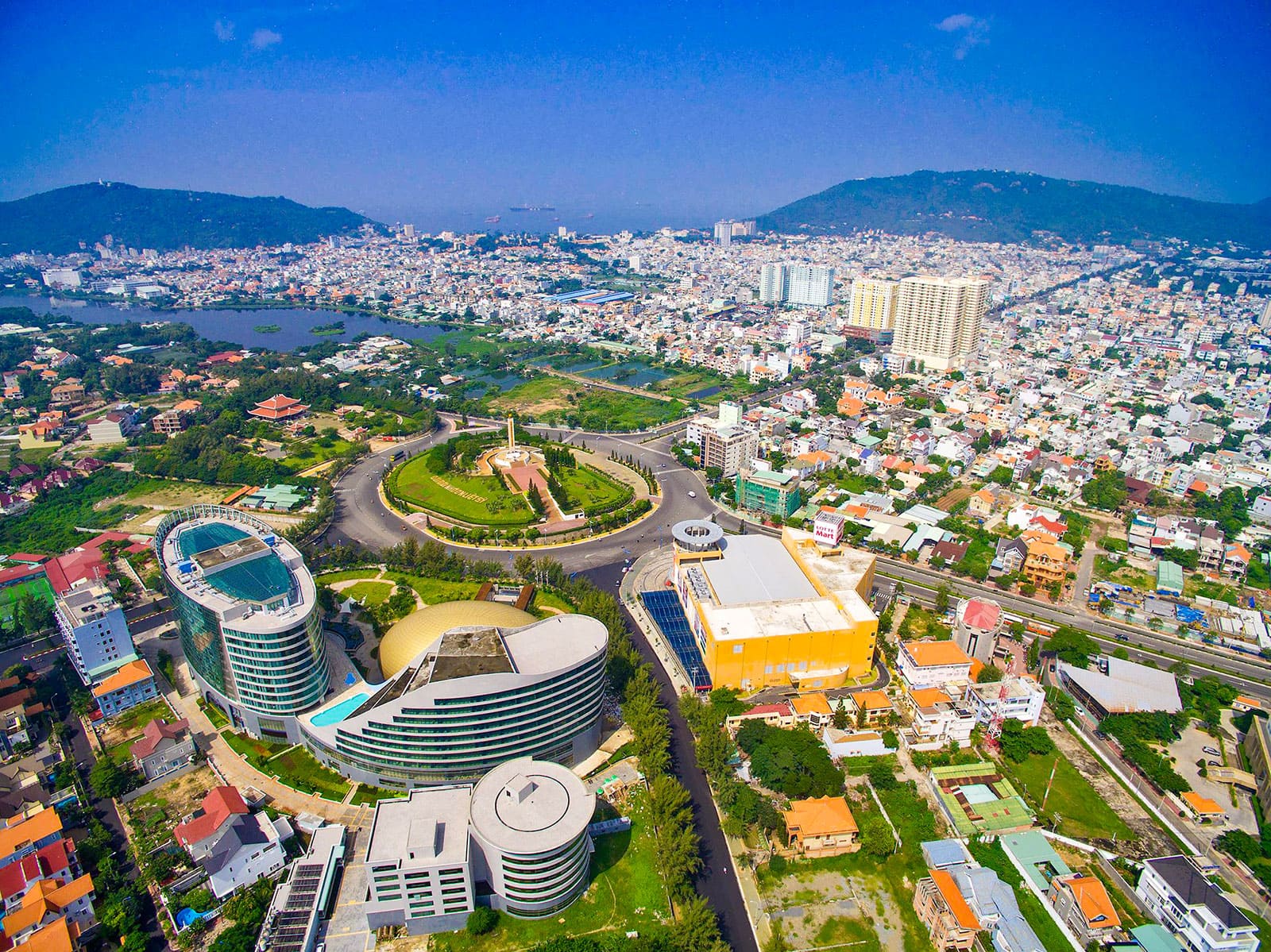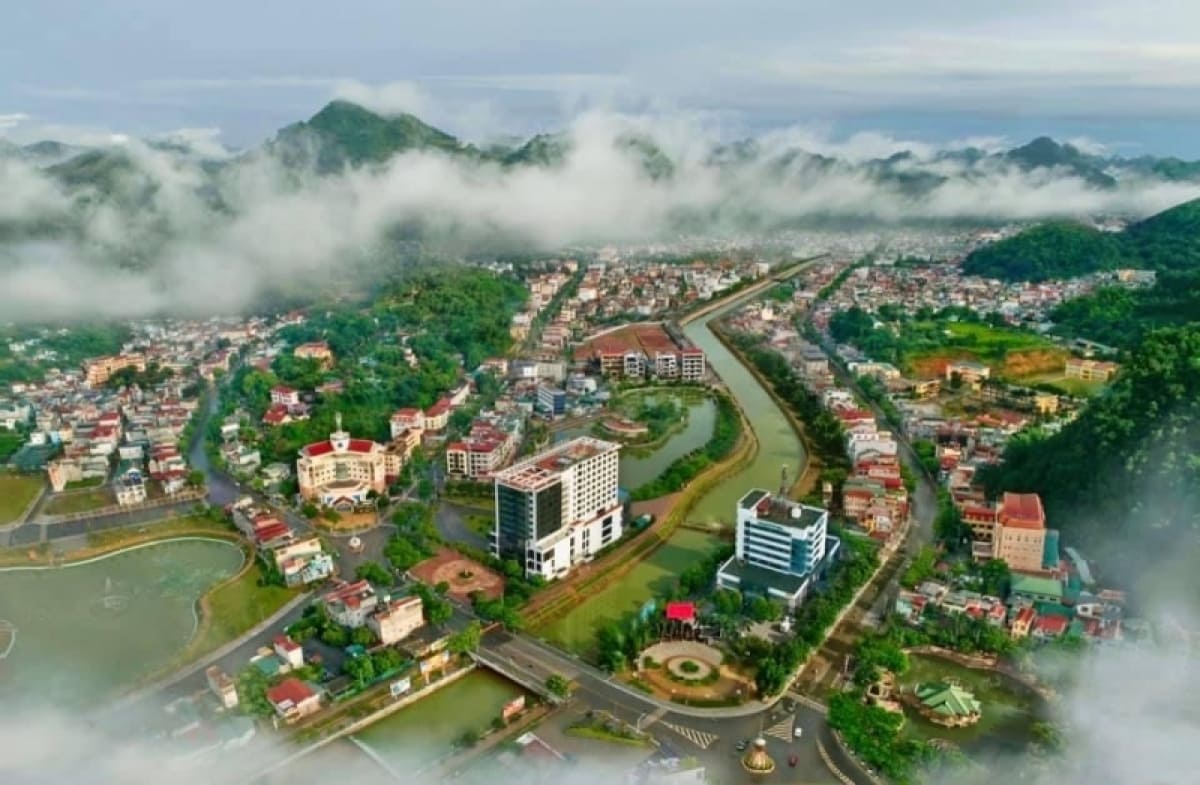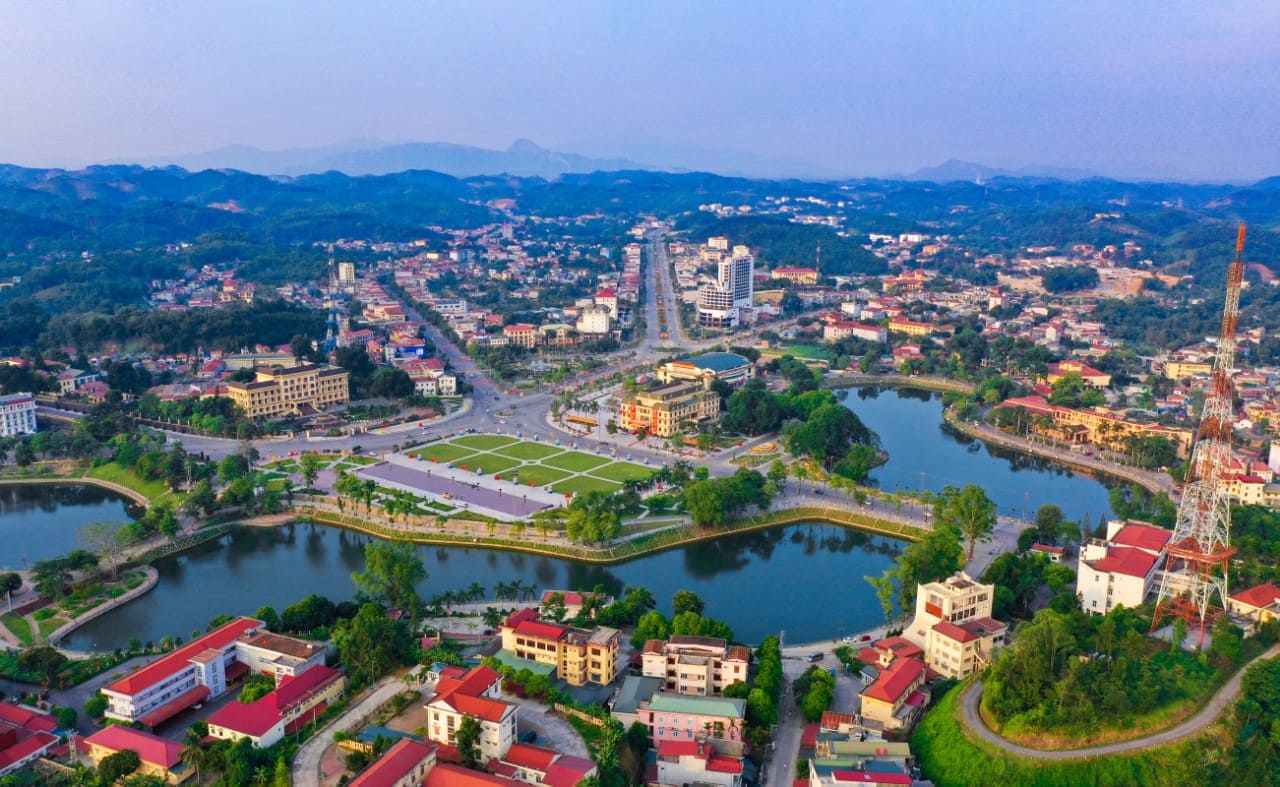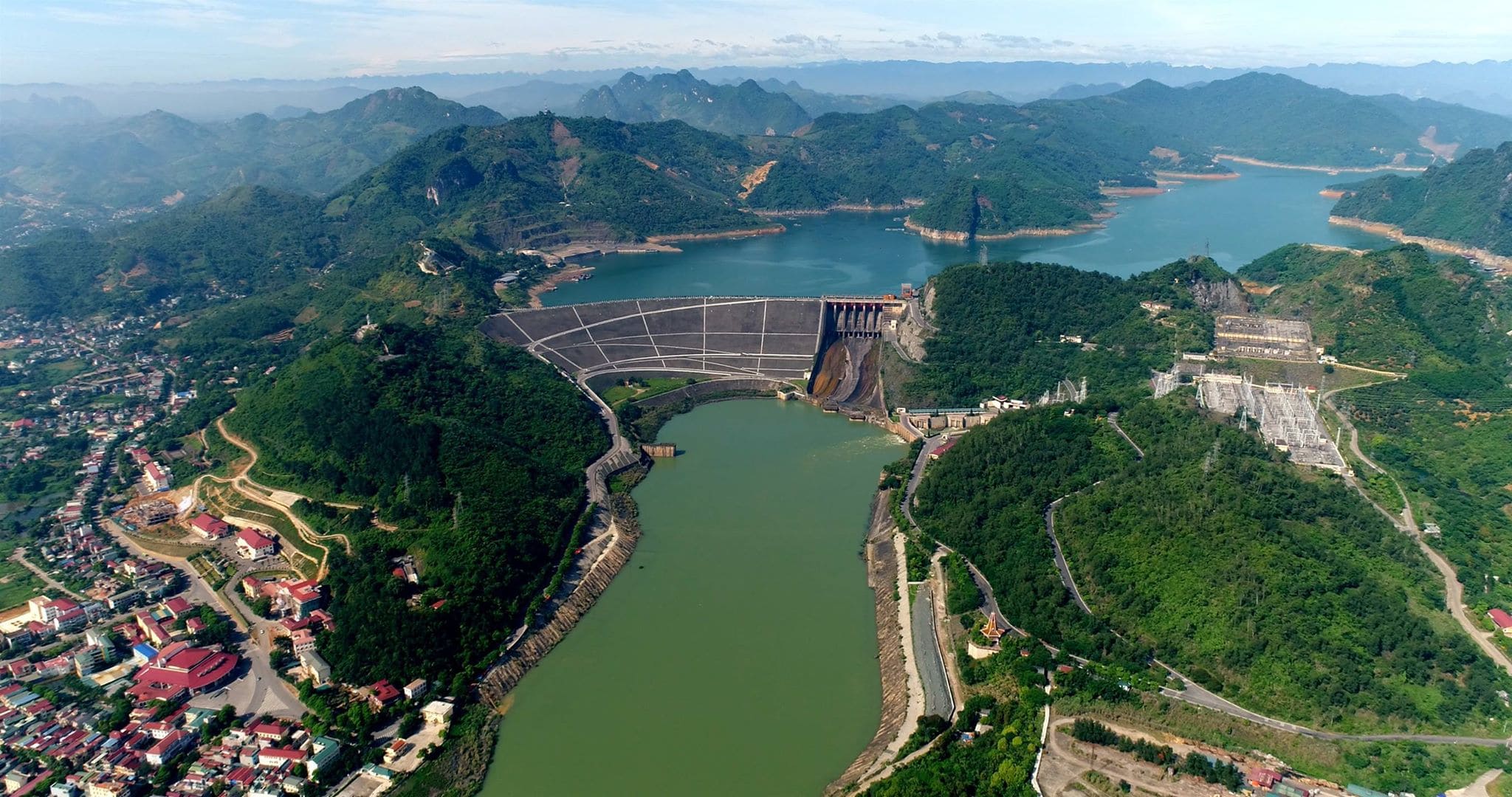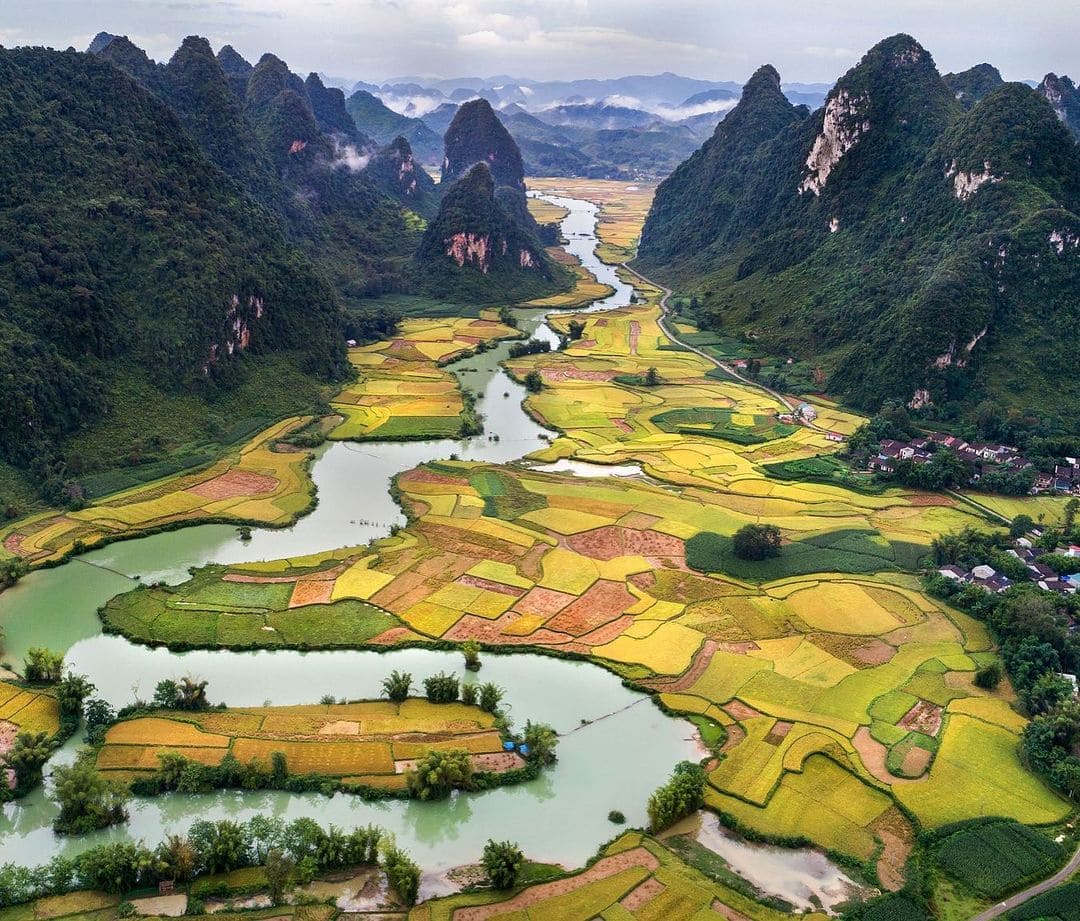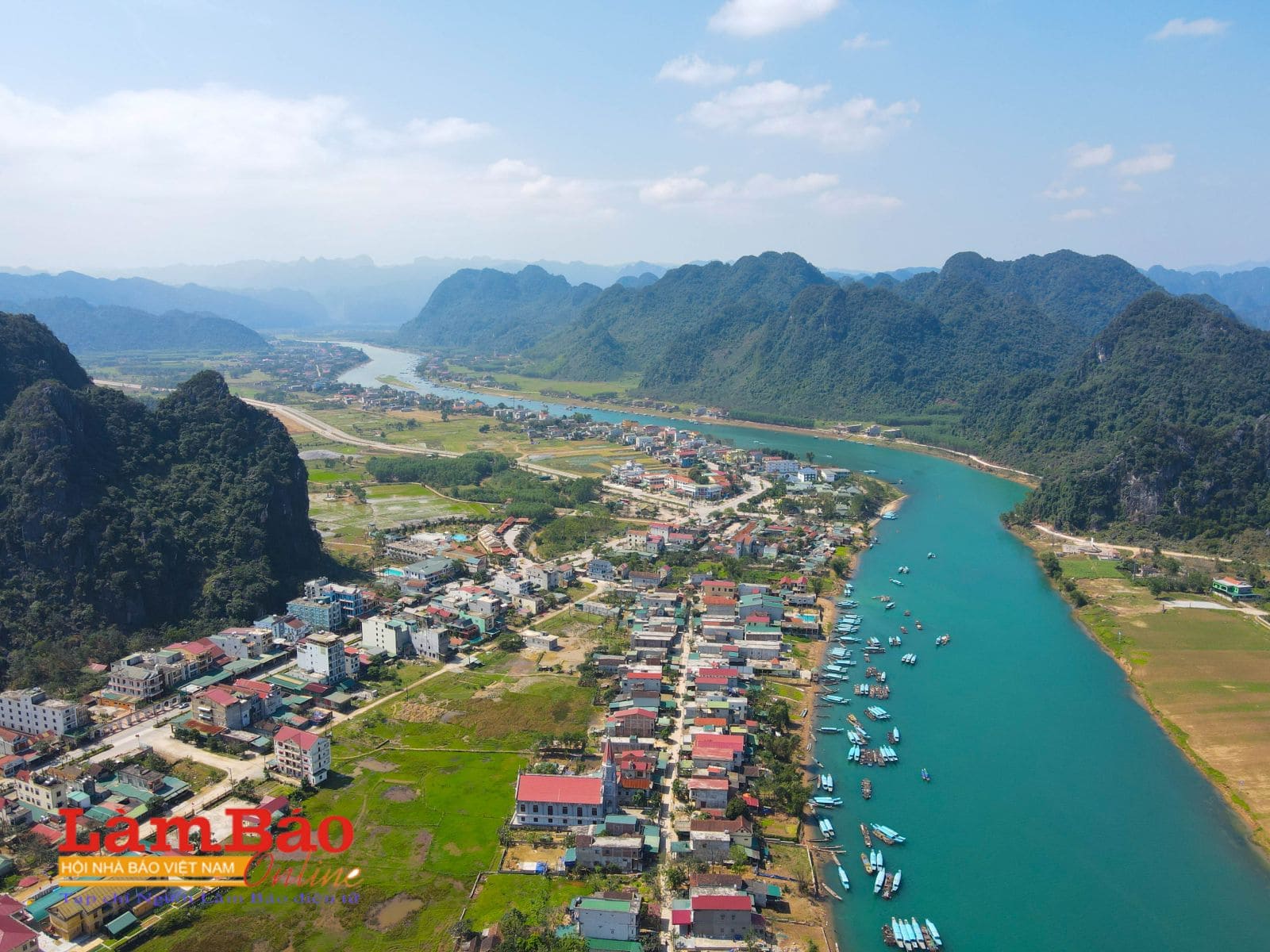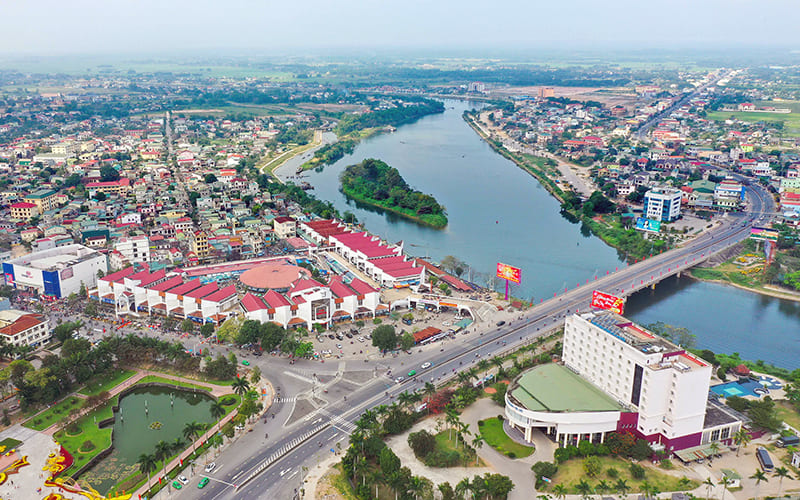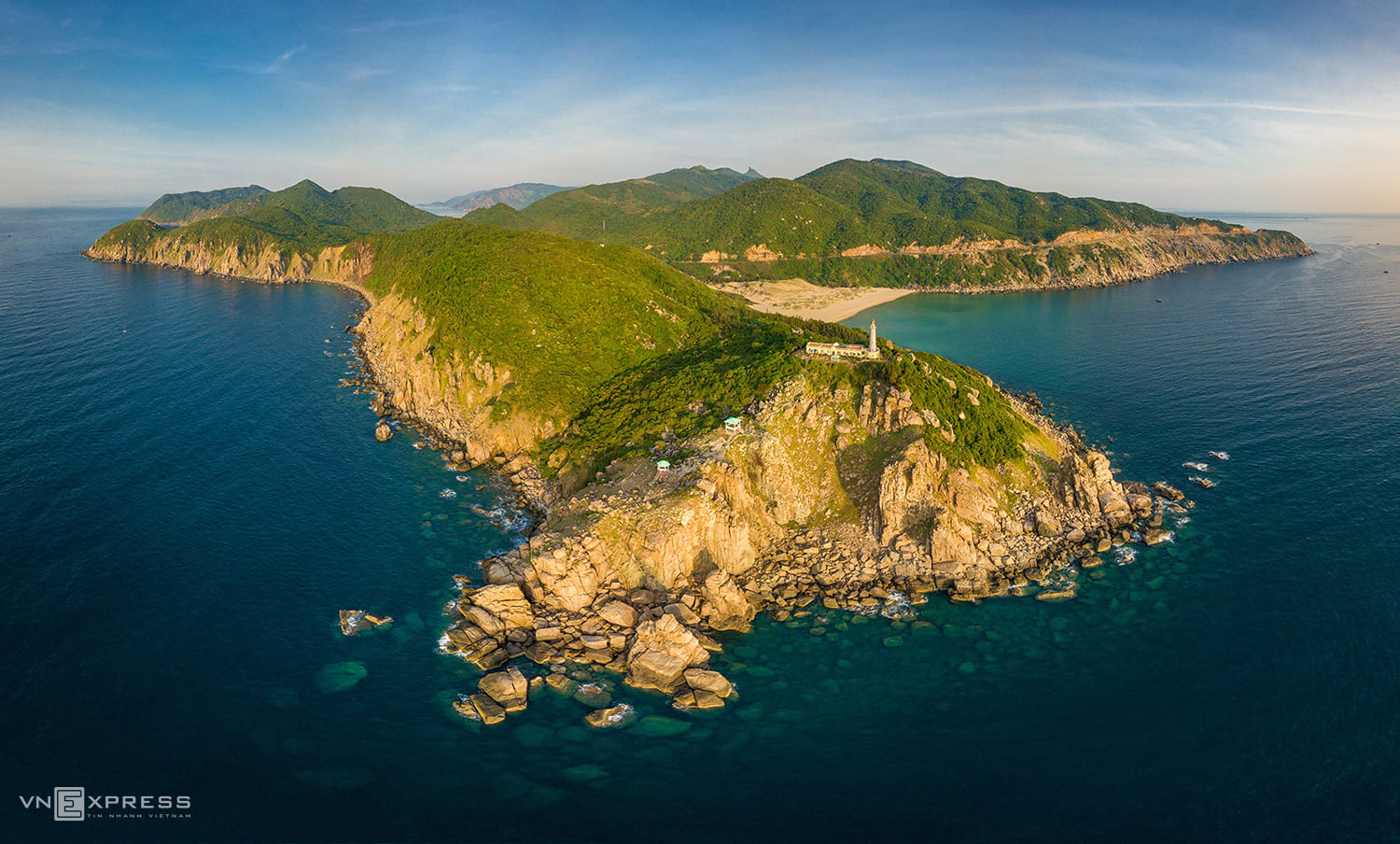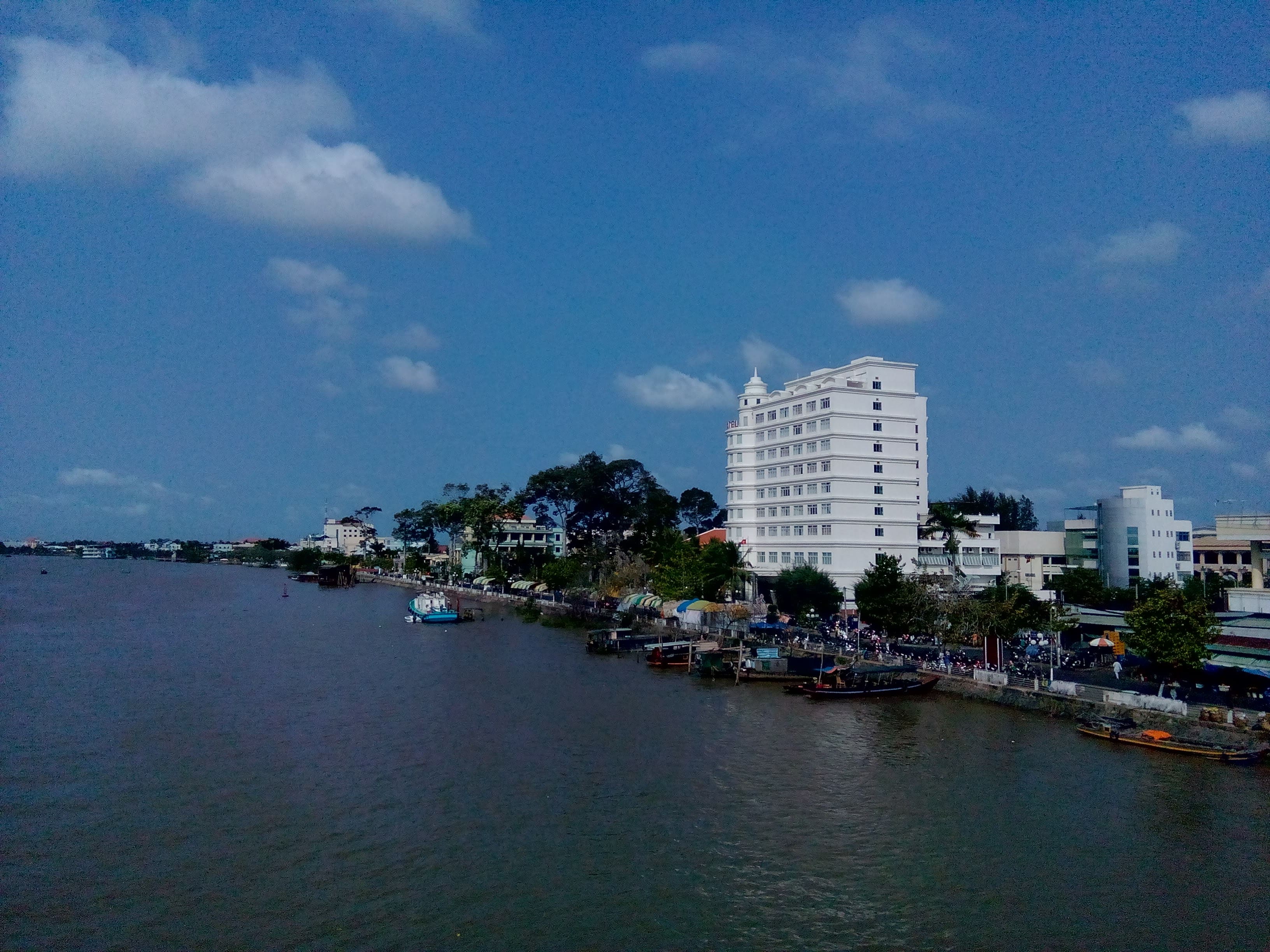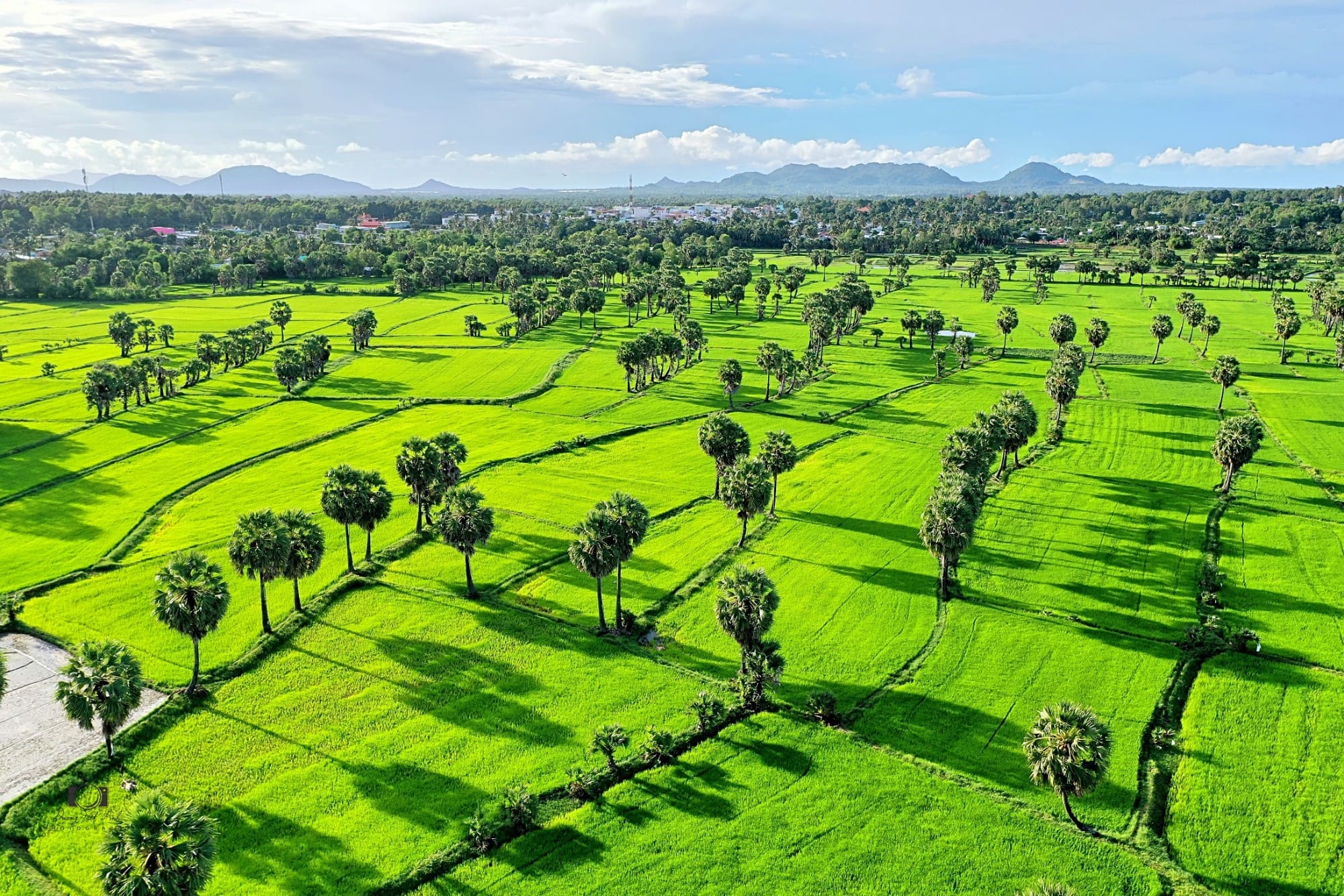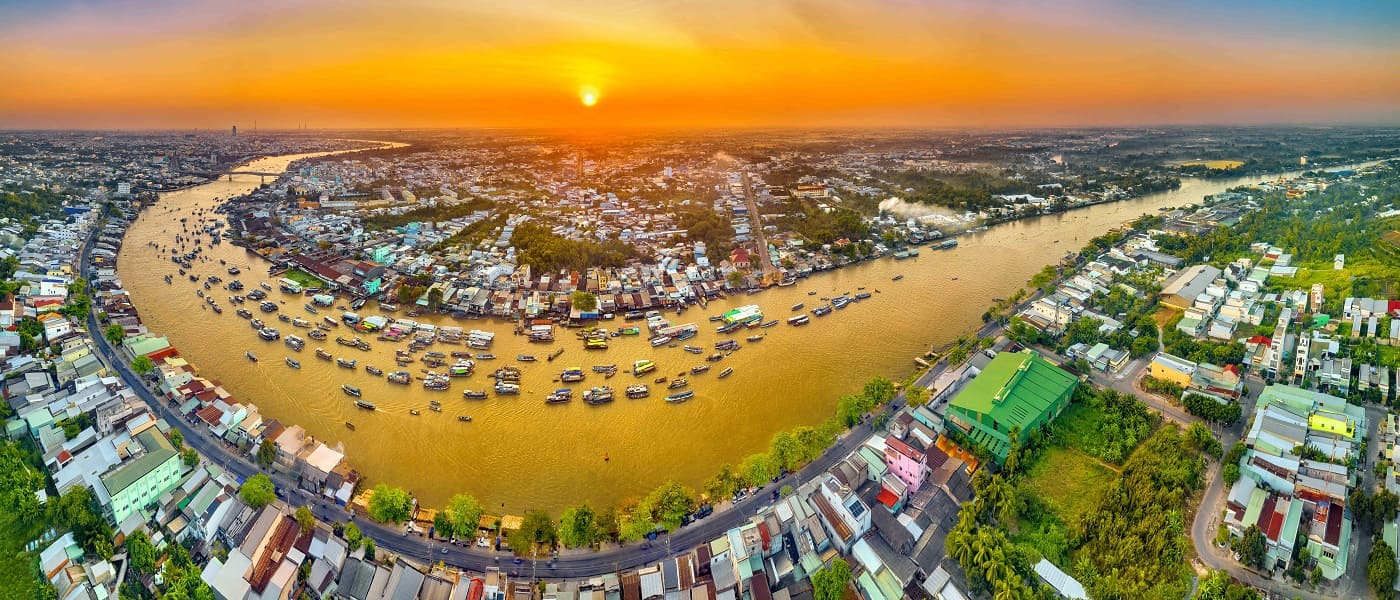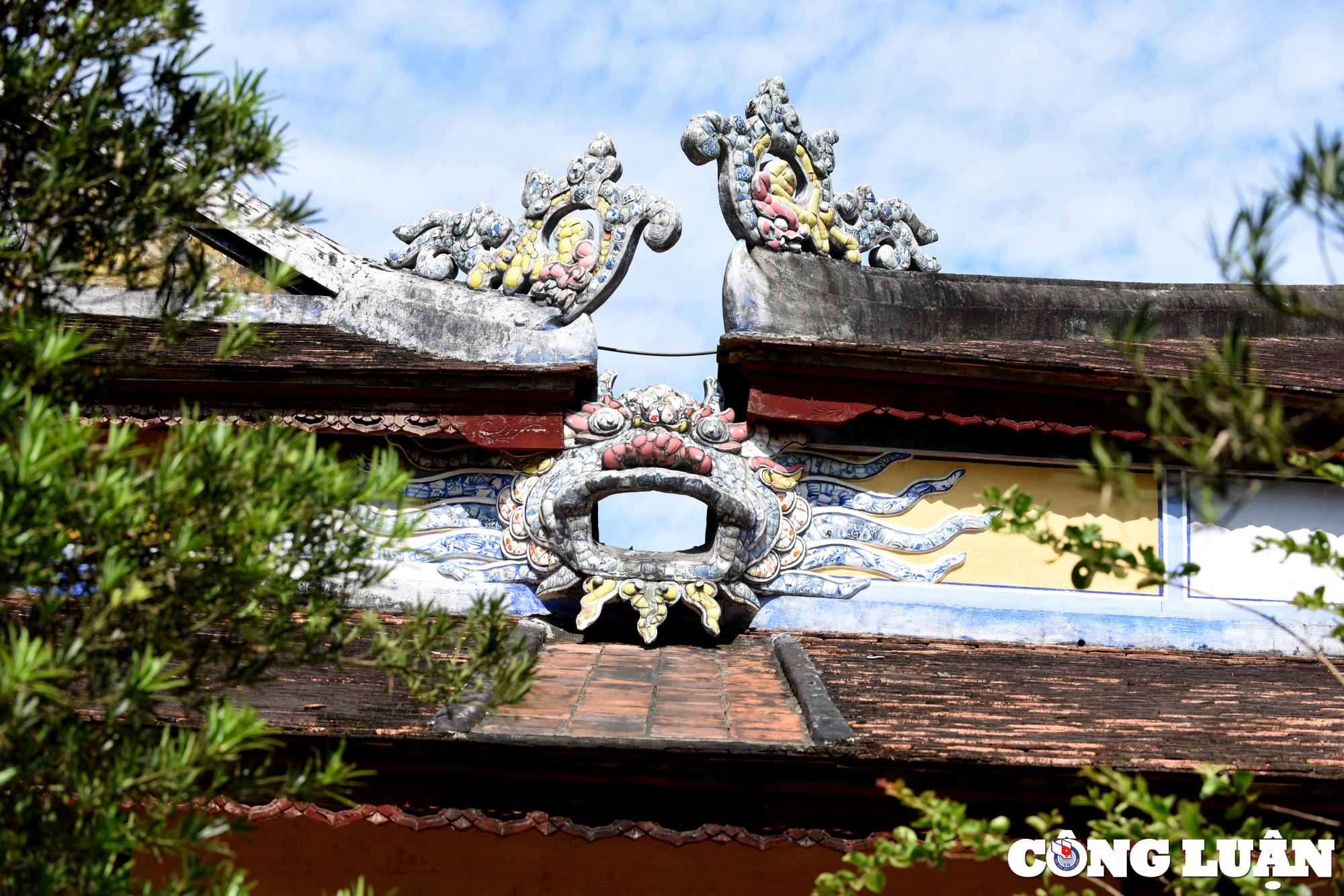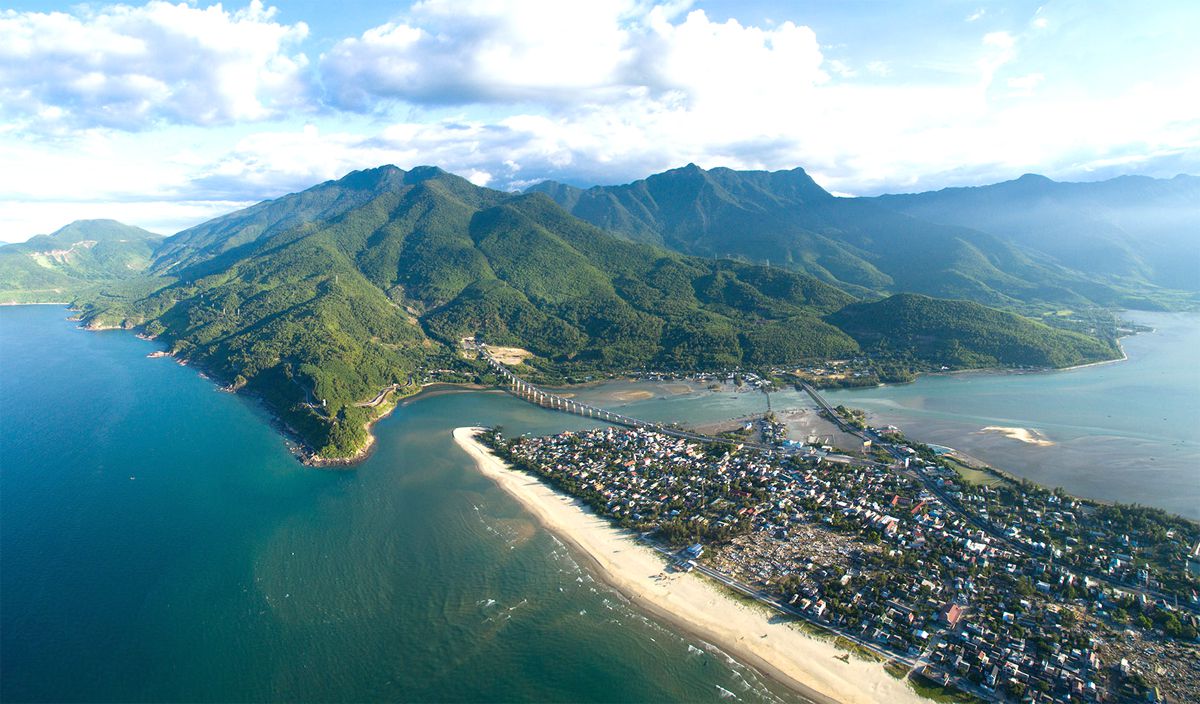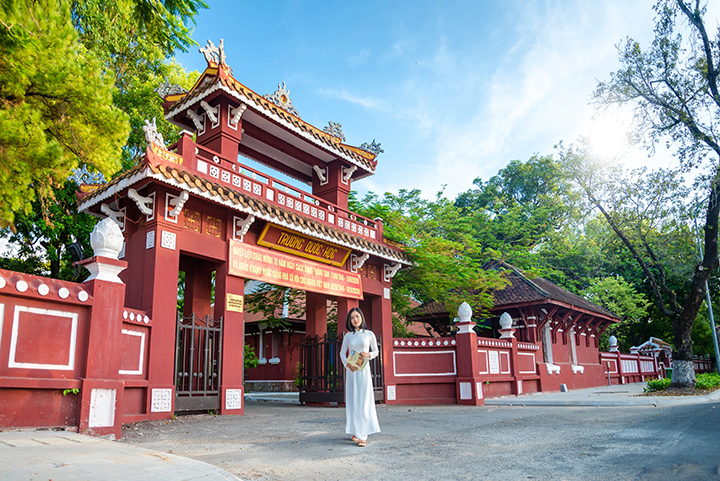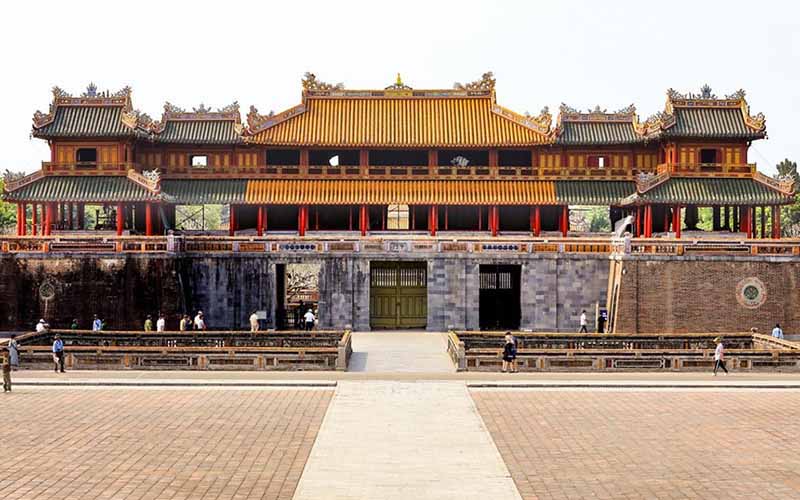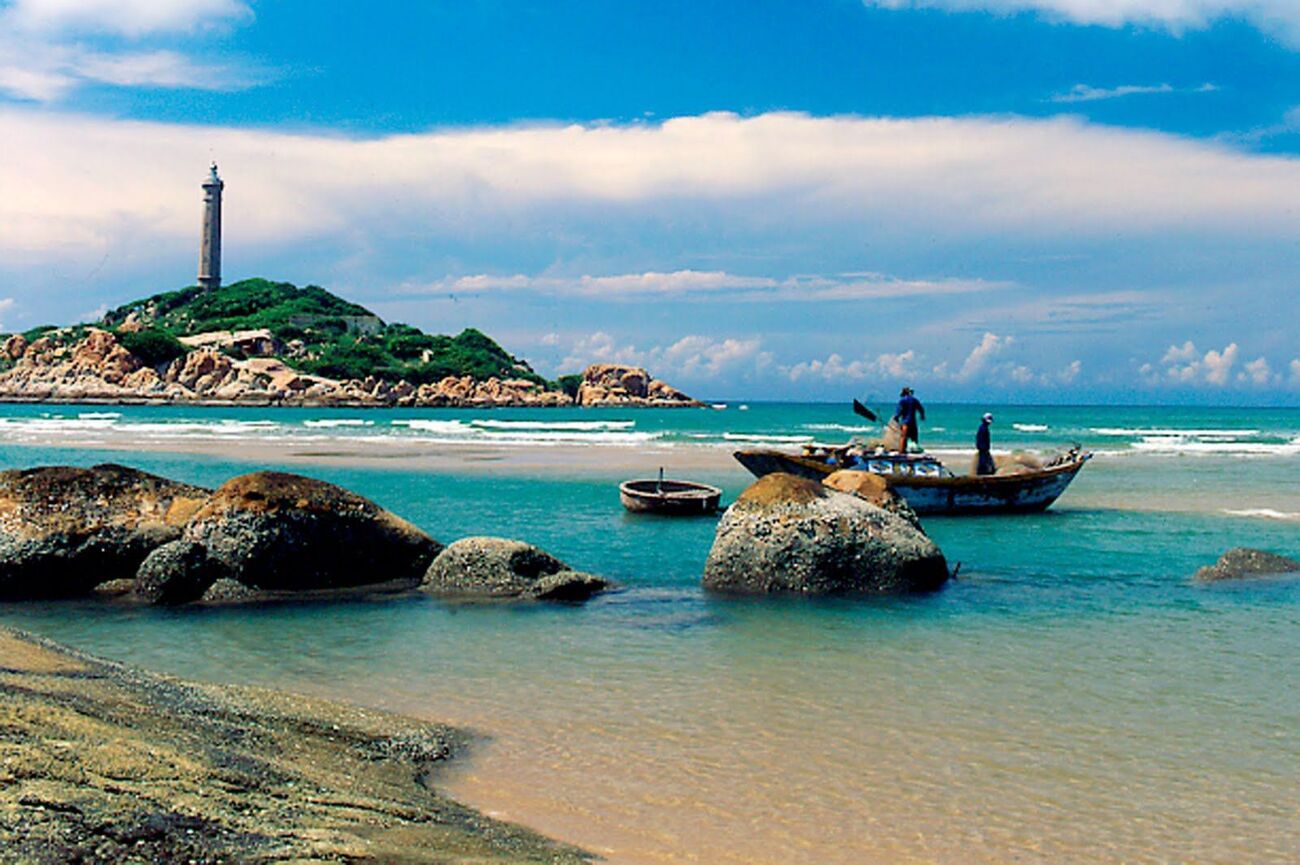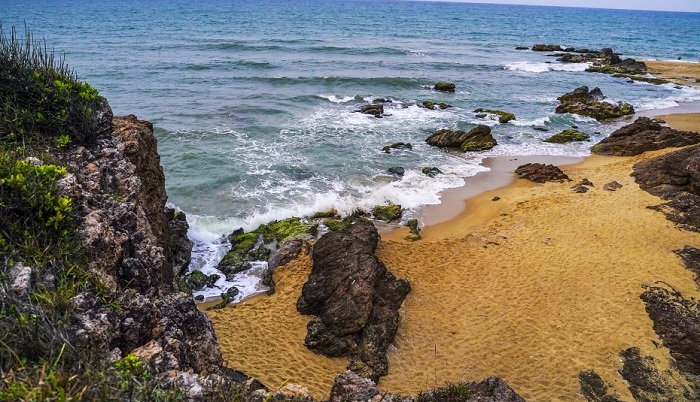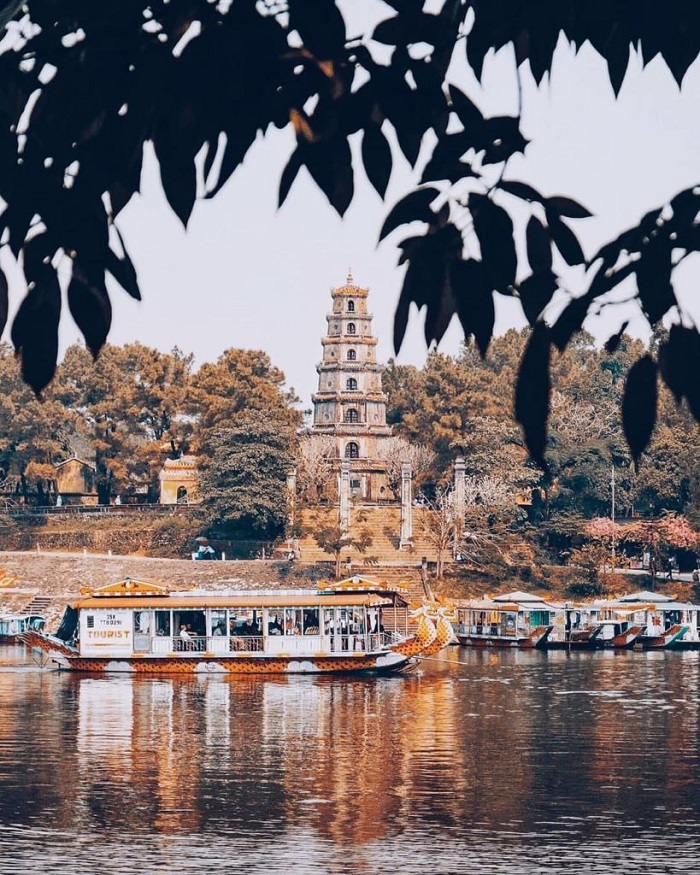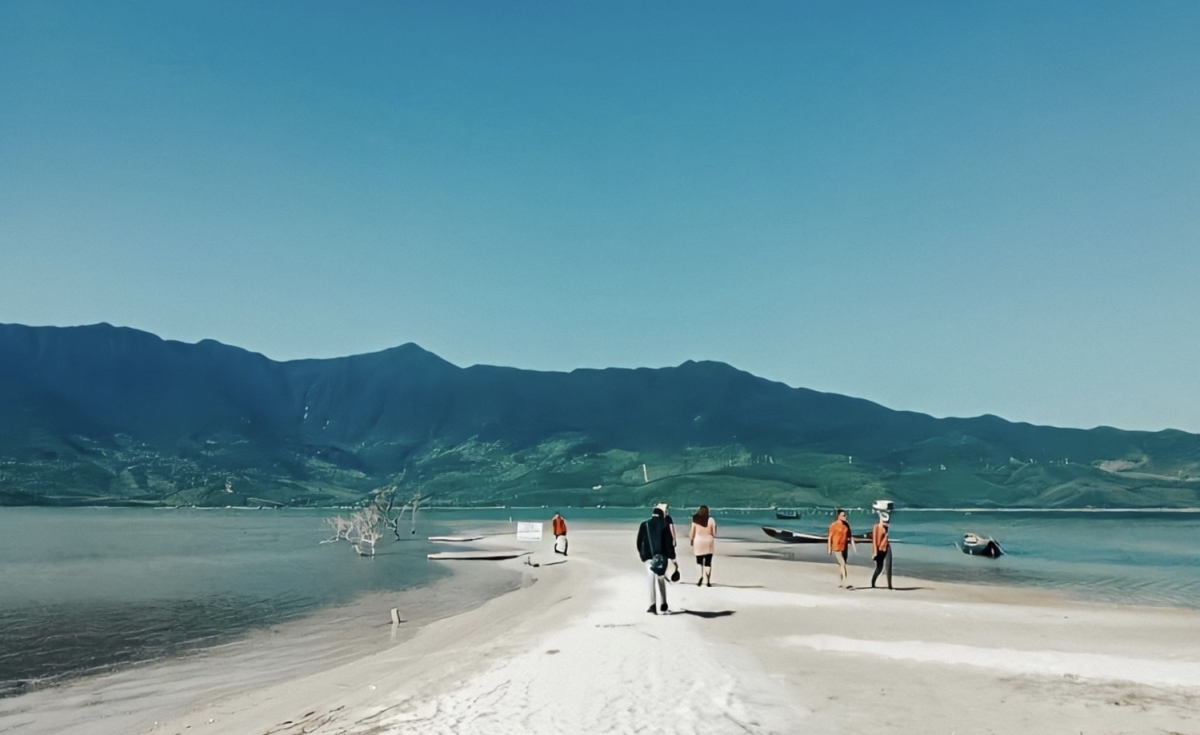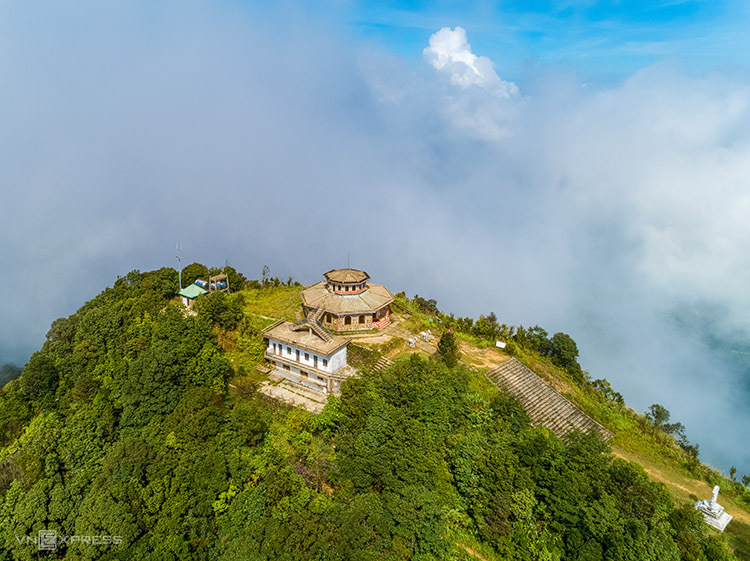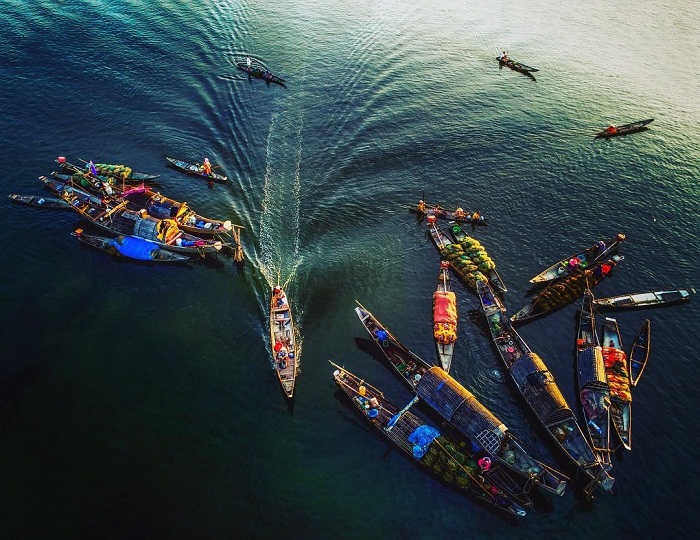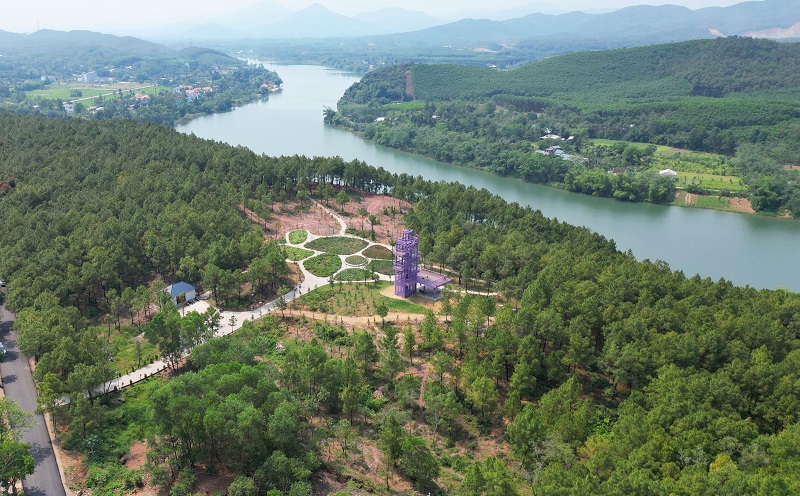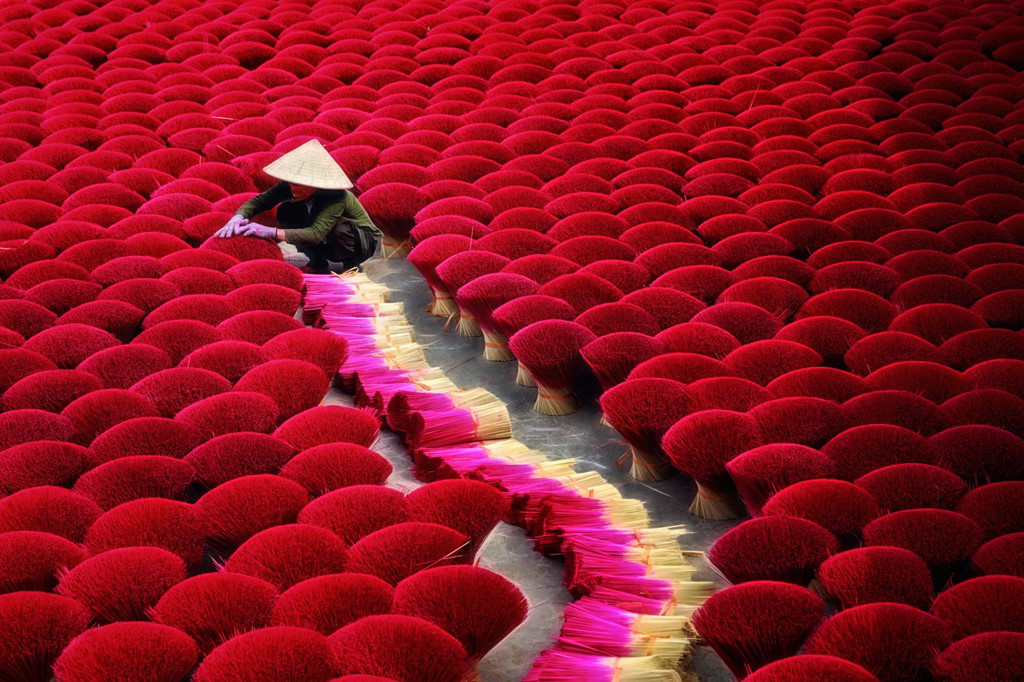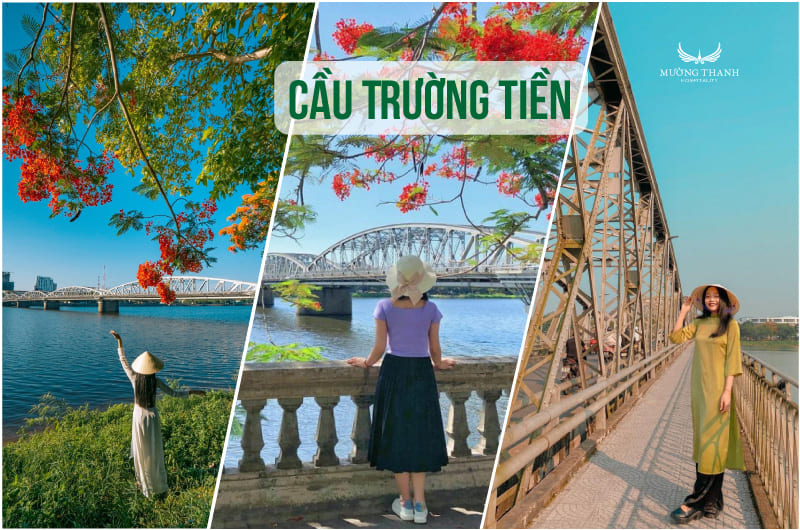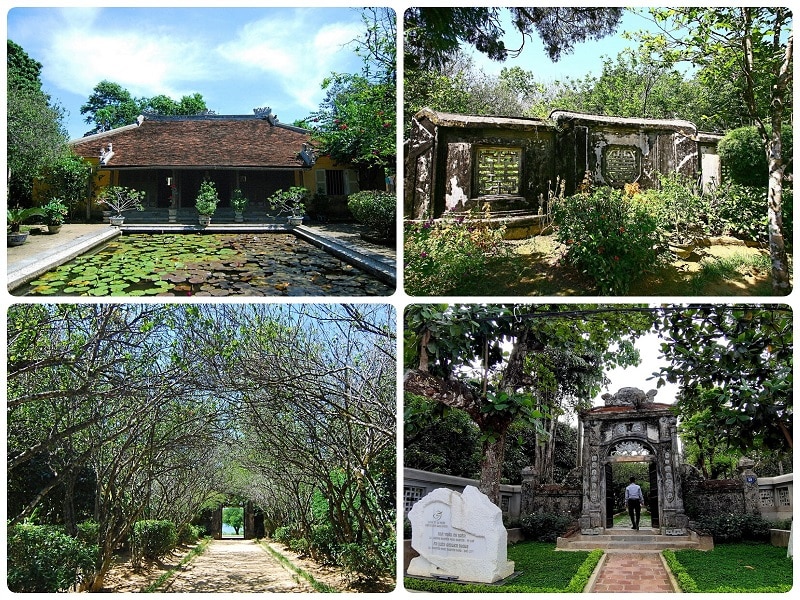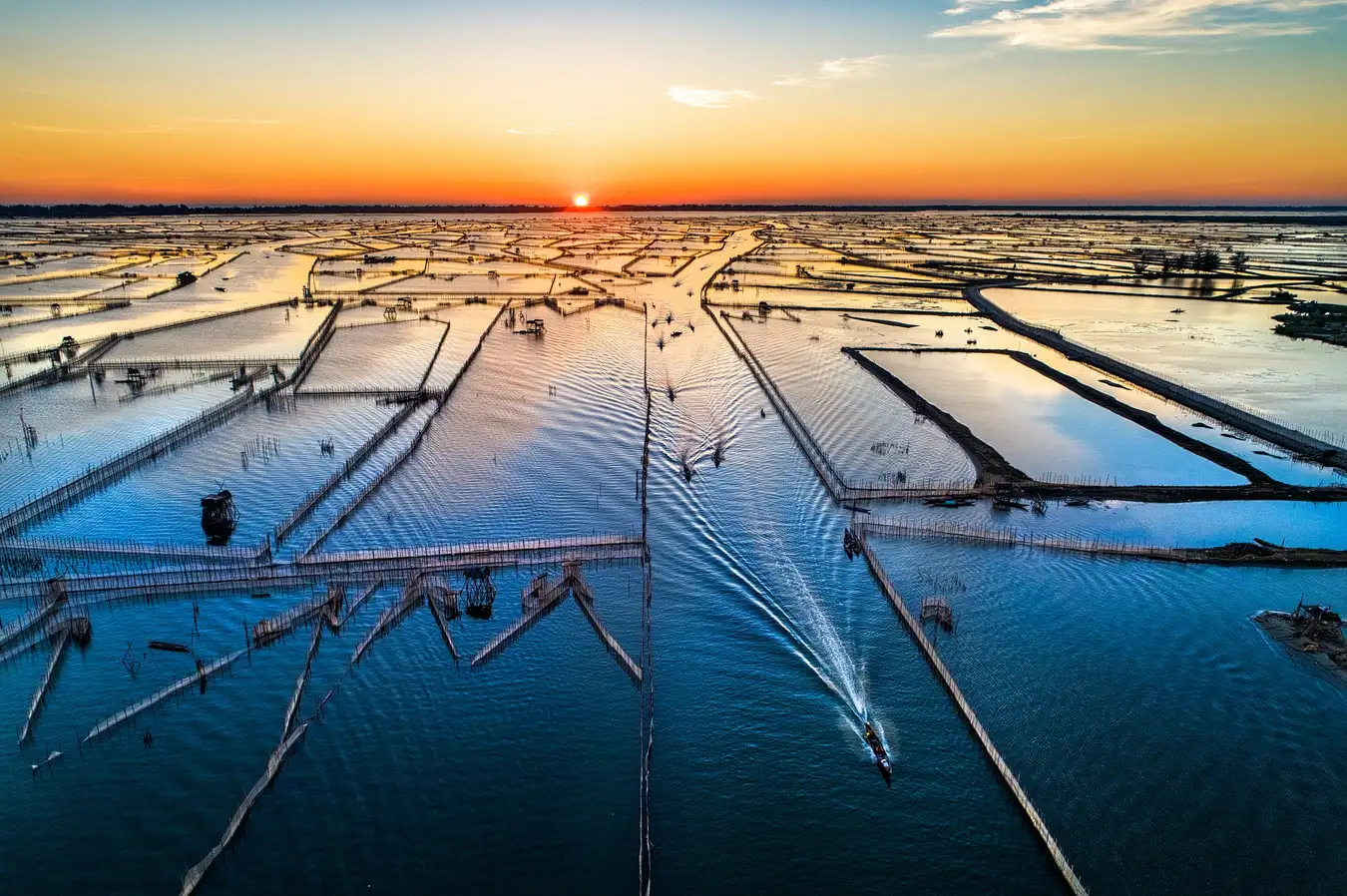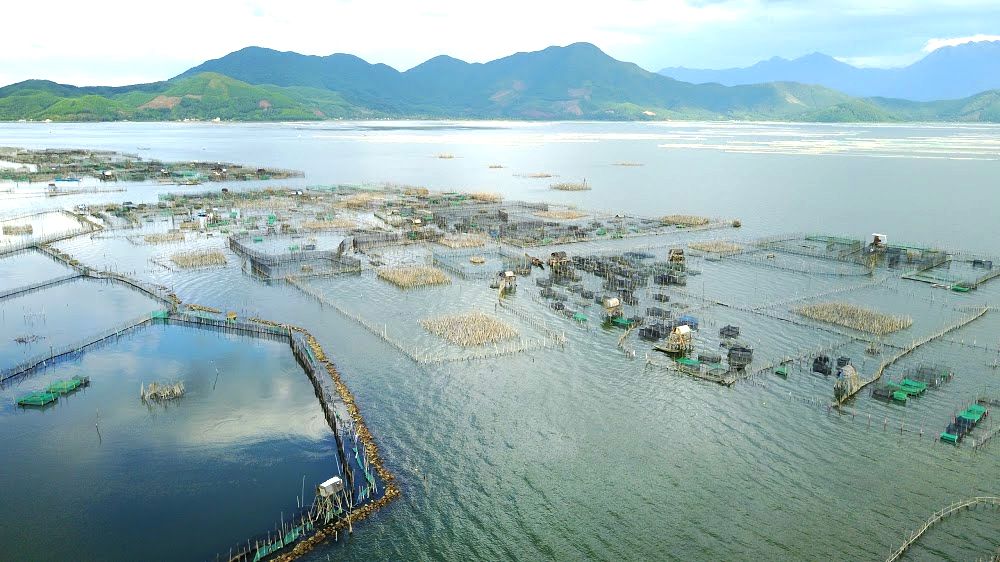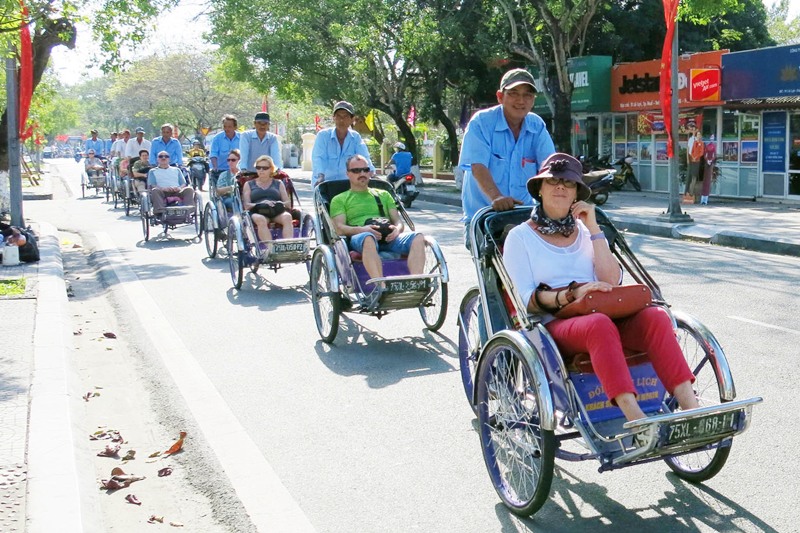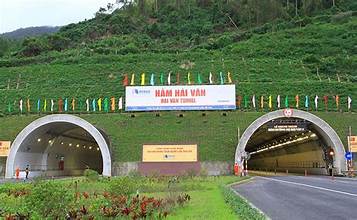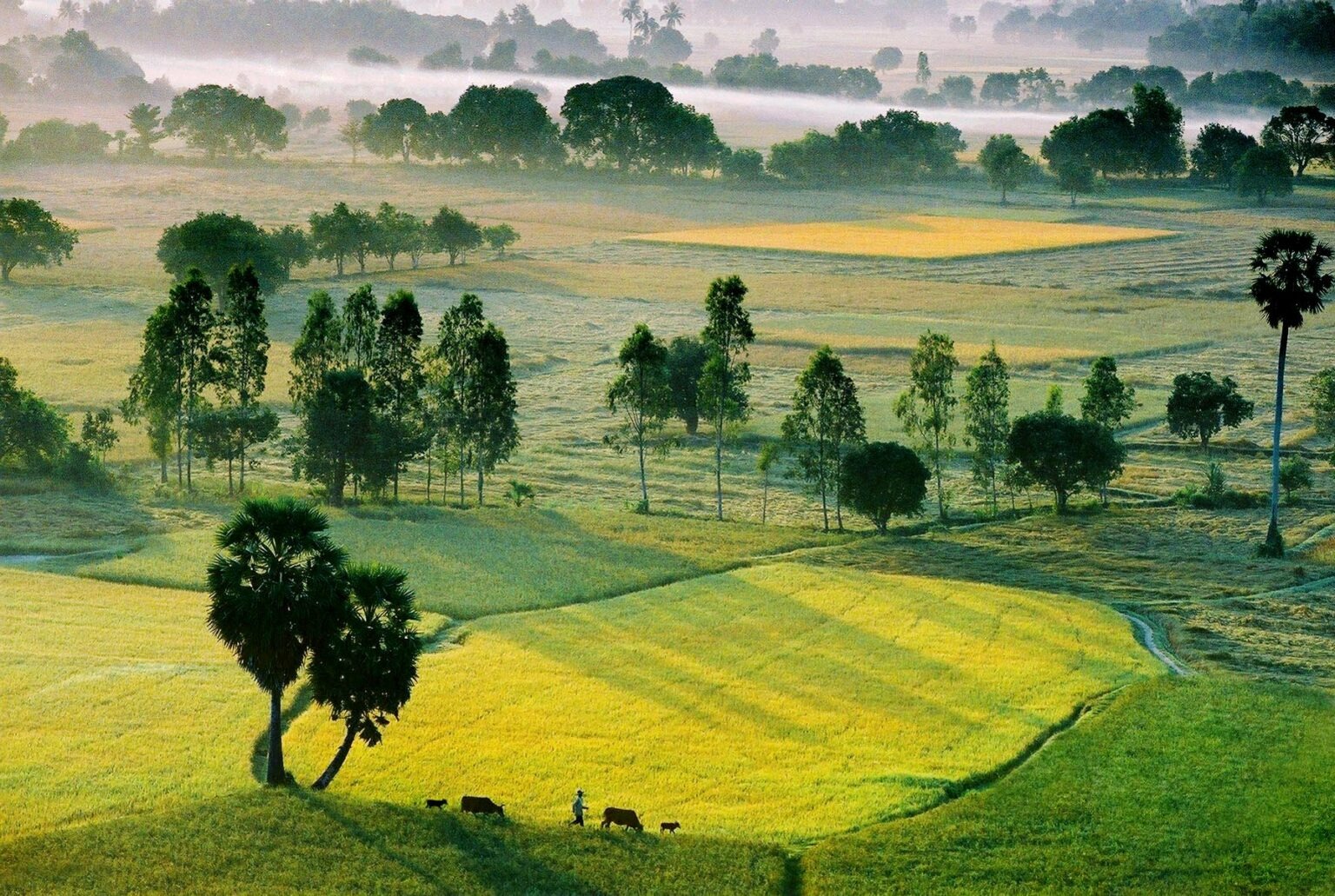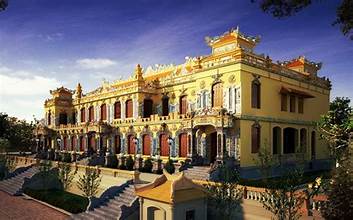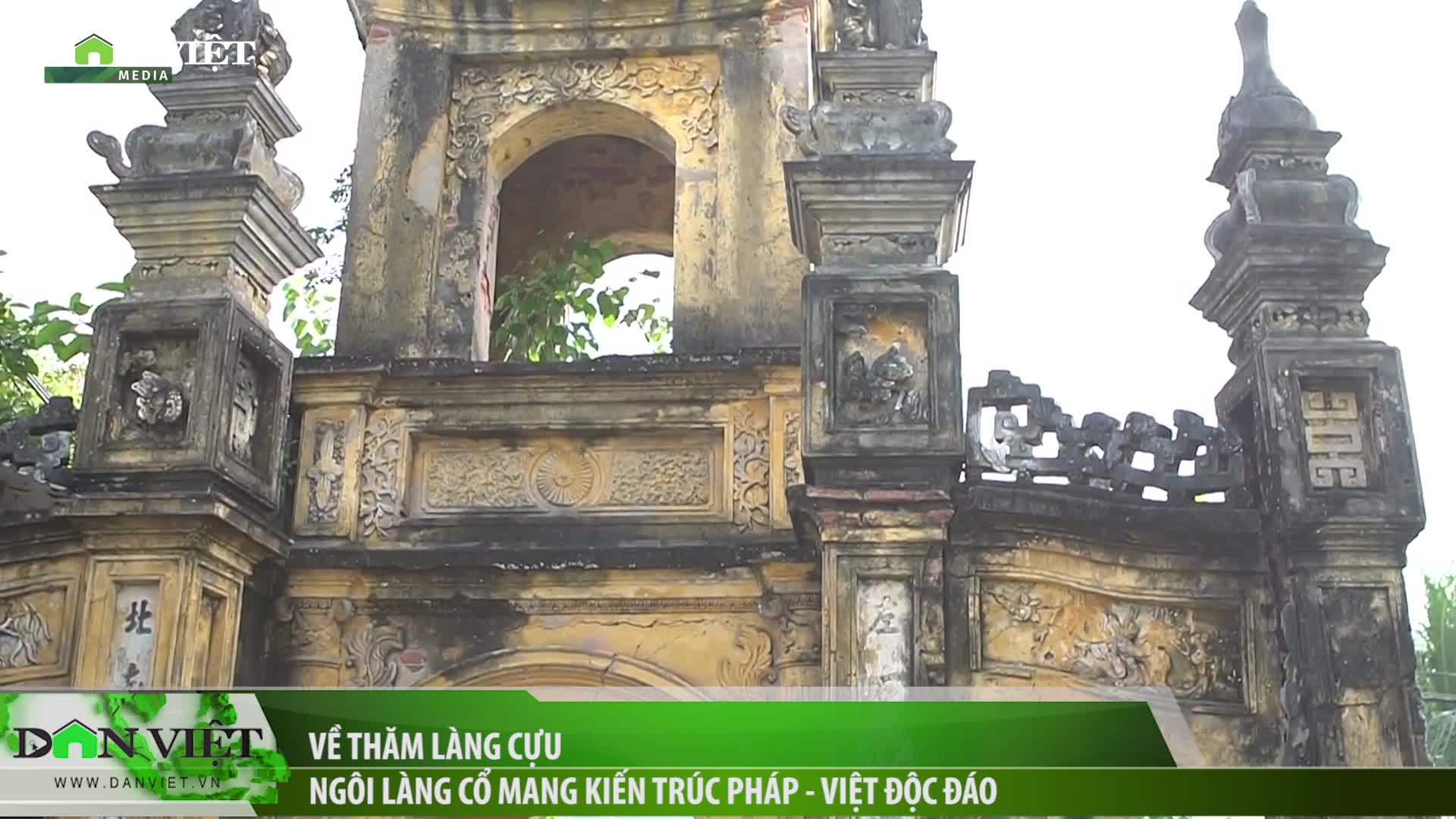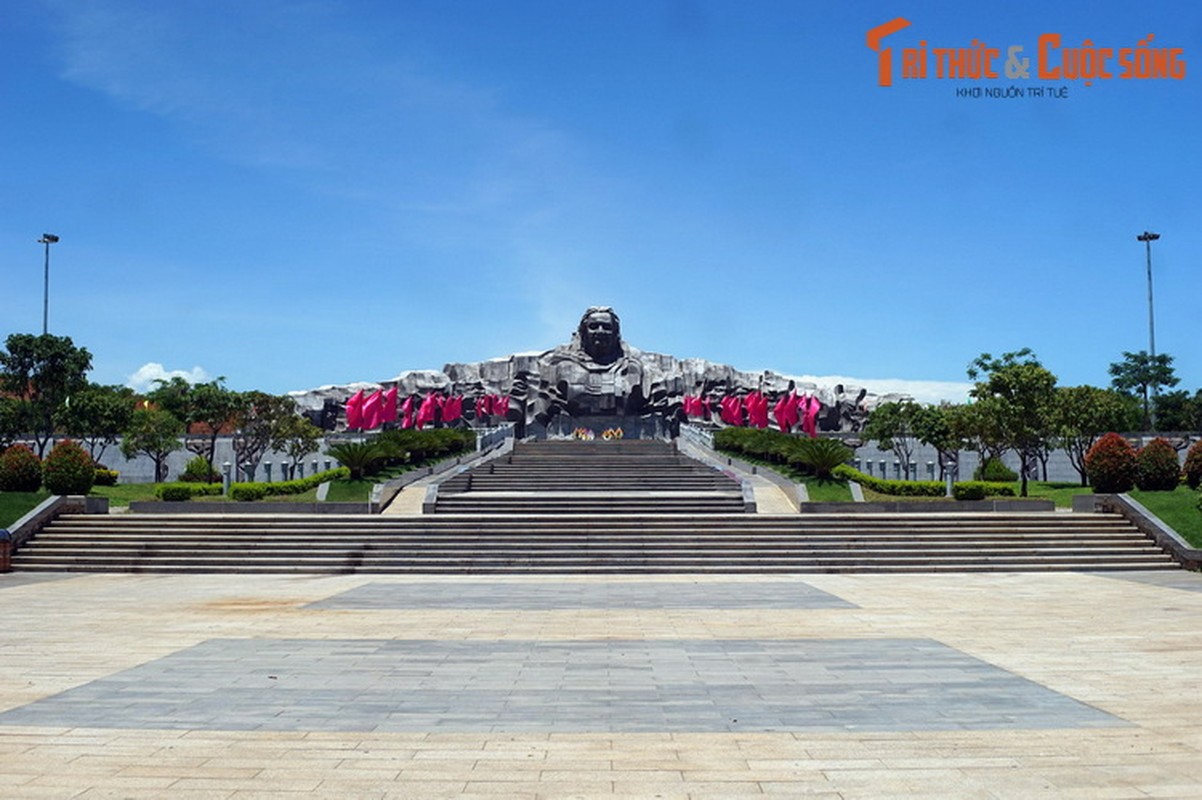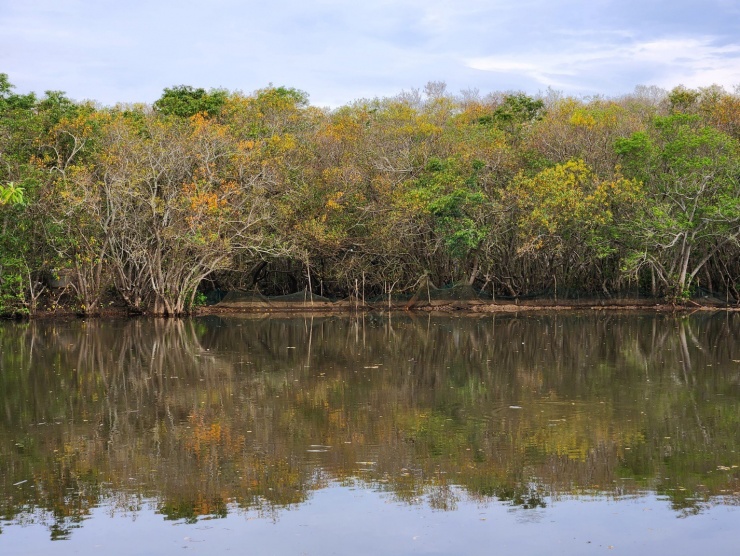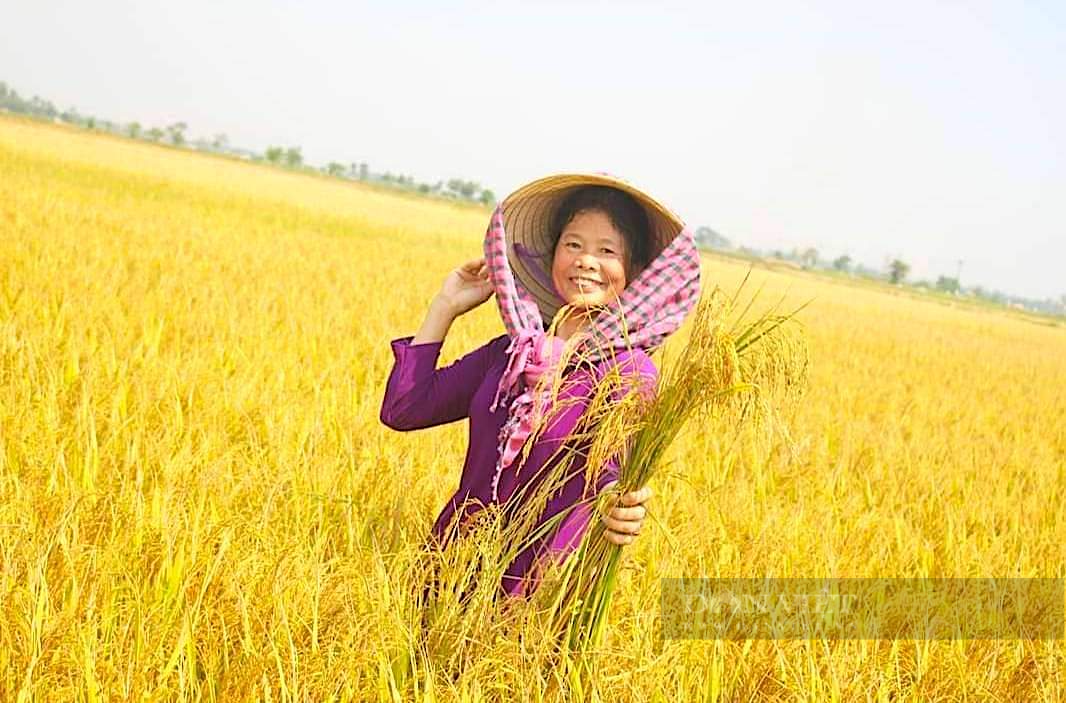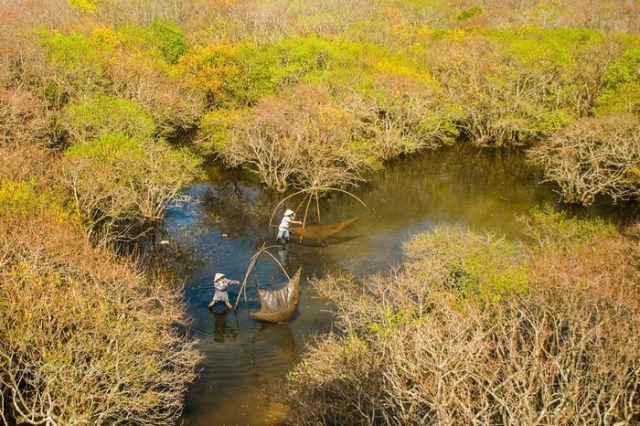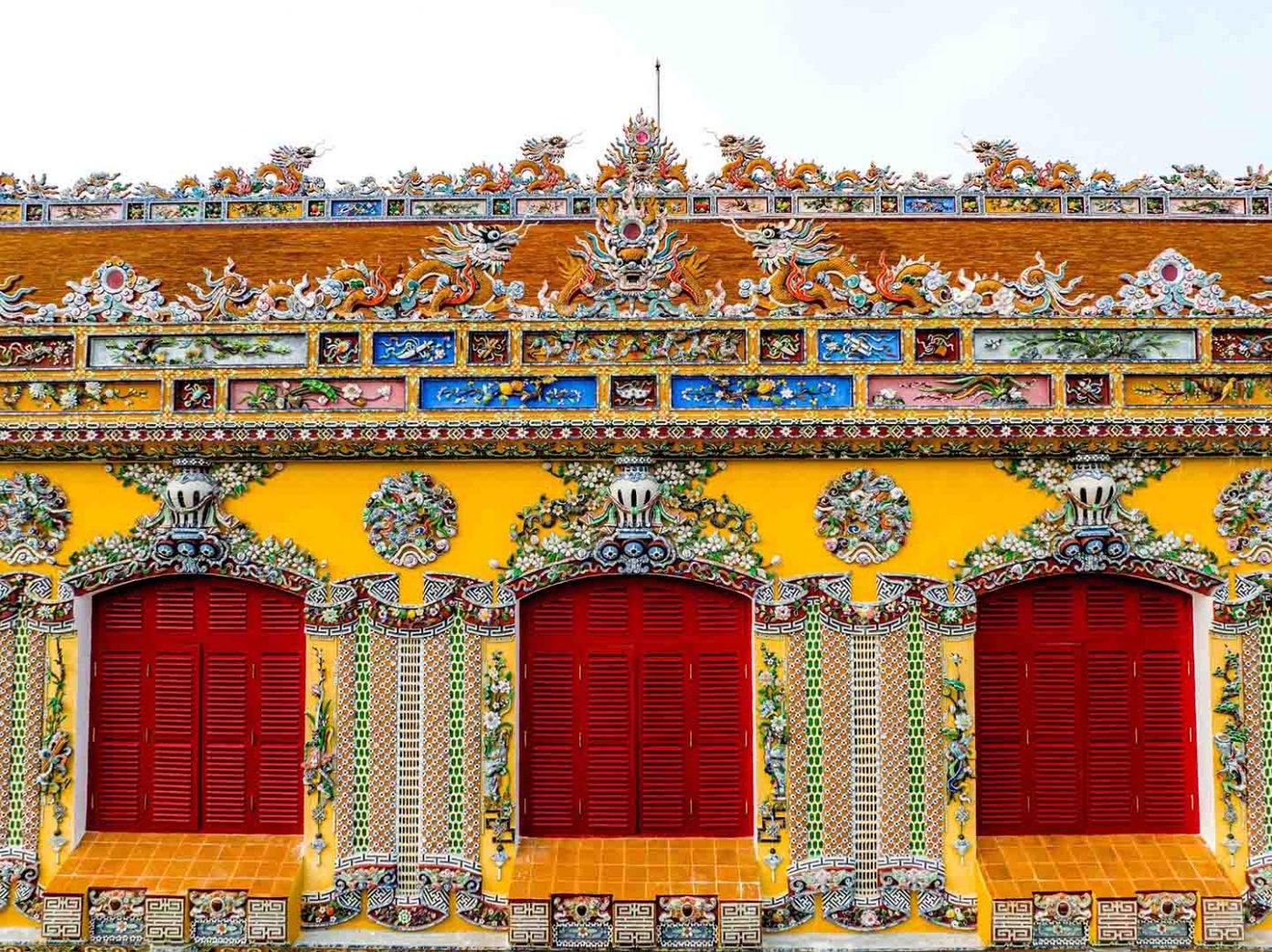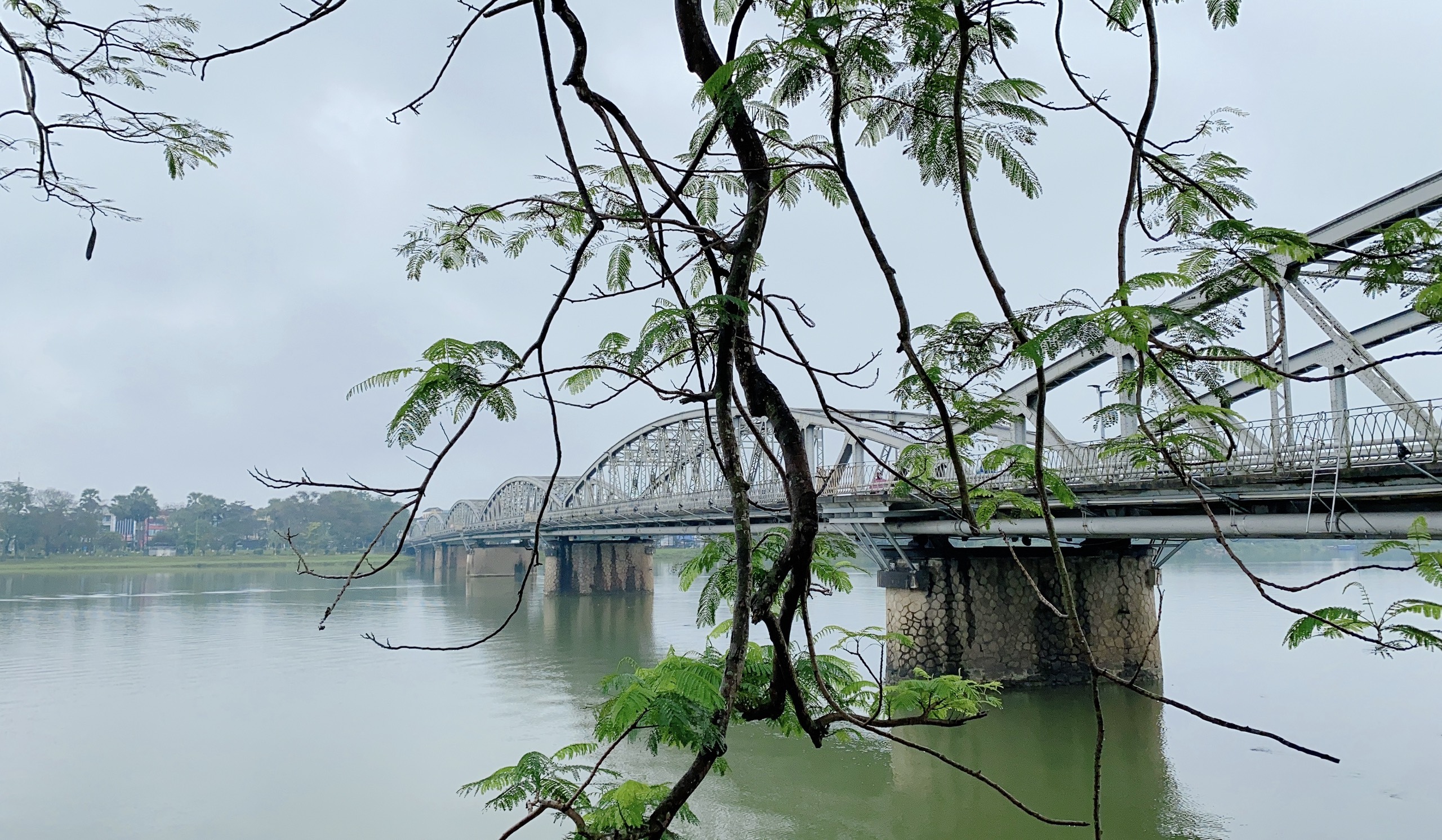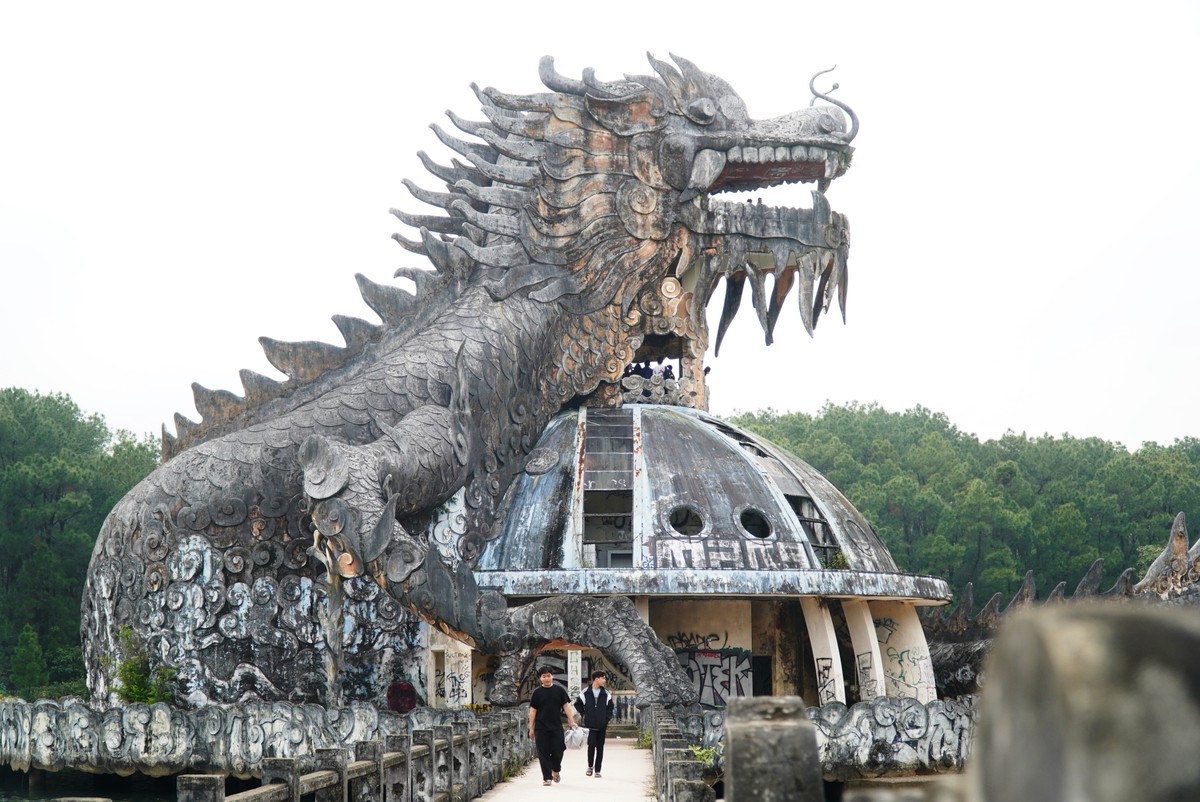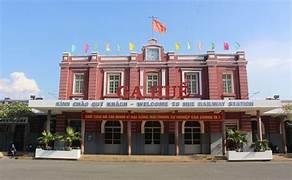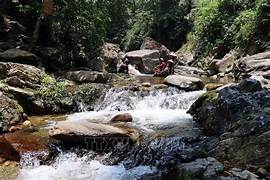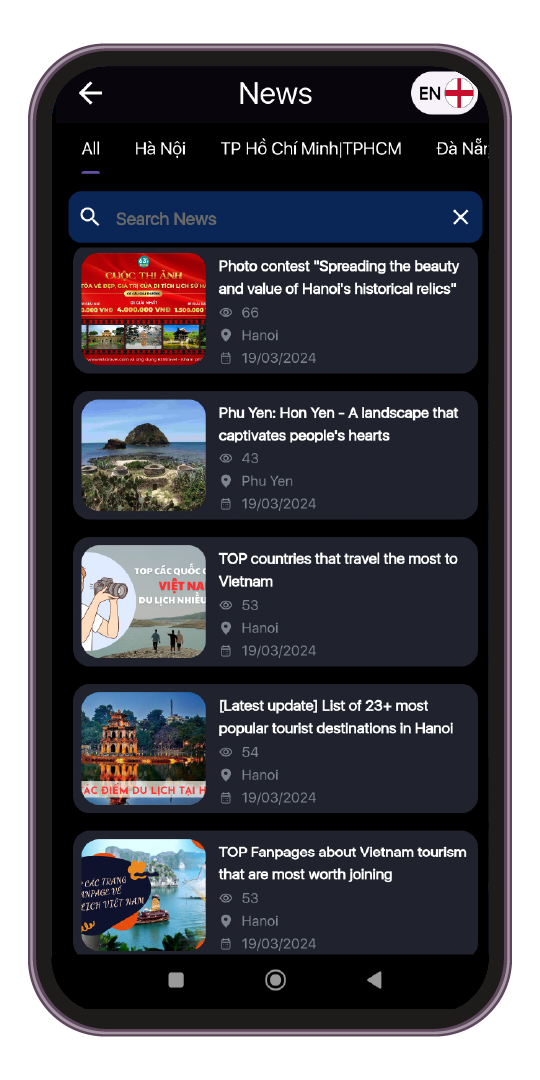(CLO) Dragon is a legendary animal revered by Eastern people as a symbol of kingship, associated with the image of the king. During the Nguyen Dynasty, under the talented hands of artisans, the dragon image reached its maximum richness in terms of themes, materials and forms of expression.
(CLO) Dragon is a legendary animal revered by Eastern people as a symbol of kingship, associated with the image of the king. During the Nguyen Dynasty, under the talented hands of artisans, the dragon image reached its maximum richness in terms of themes, materials and forms of expression.
Dragon is an unreal animal, the head of the four sacred animals (dragon - unicorn - turtle - phoenix). It itself has the full convergence of the most beautiful features of 9 real animals, including: snake body, carp scales, camel head, deer horns, tiger legs, eagle claws, cow ears. , lion's nose and mane, rooster's tail.
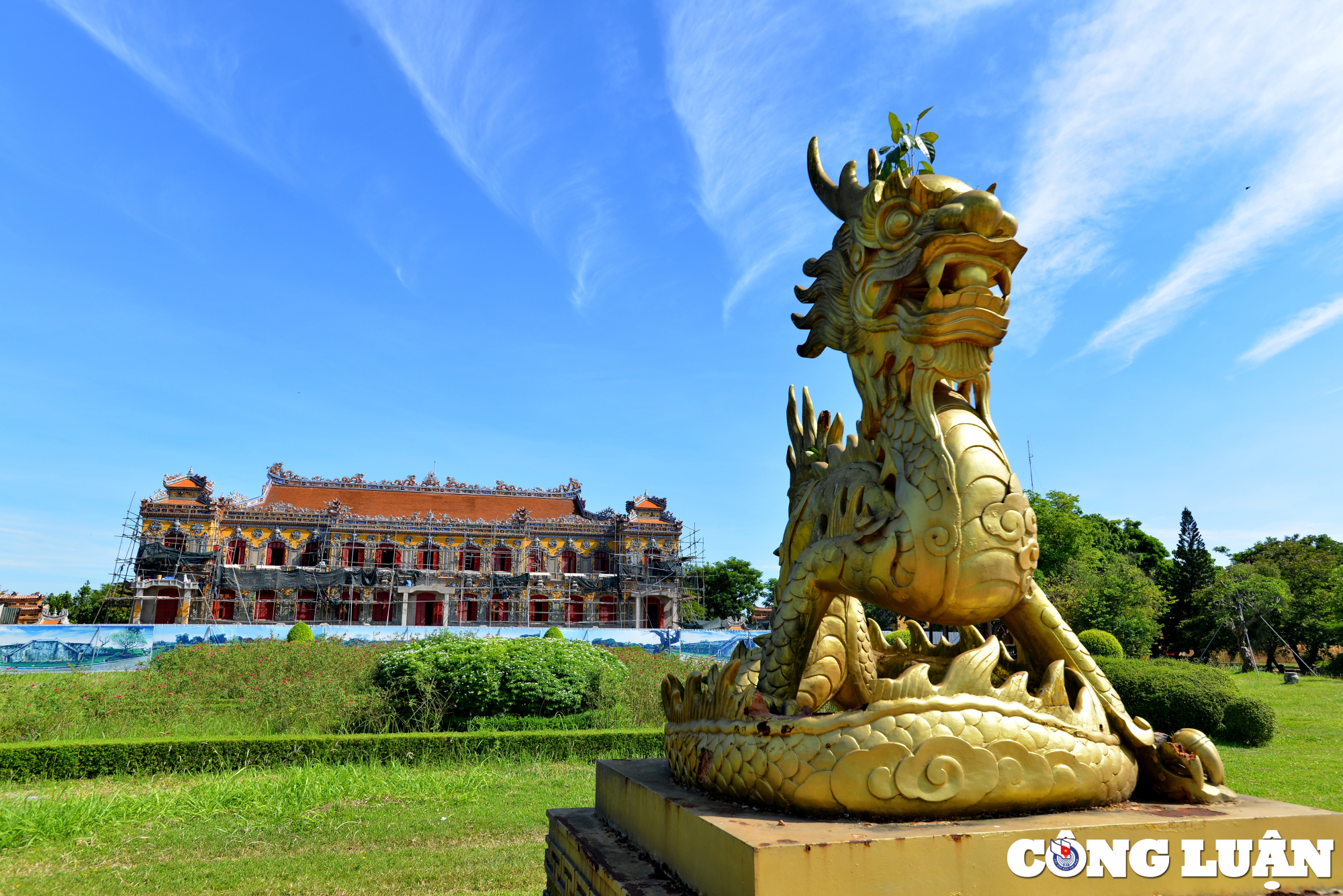
Dragon - symbol of Nguyen Dynasty's authority.
The image of dragons in Vietnam dates back to very early times and perhaps the most recognizable is the legend "The Dragon's Descendants of the Fairy" dating back to the Hung King period. During the feudal periods of Vietnam, dragon images were used very commonly, especially in architectural decoration and royal art.
In Vietnam, in the early period, when regulations on royal art decoration were still strict, dragon images were only used for royal palaces, so they mainly appeared in architectural works such as royal palaces such as: palaces, temples, mausoleums, or on royal objects reserved for kings such as thrones, seals, ordinations, clothes, shoes, hats, cups, cups, etc.
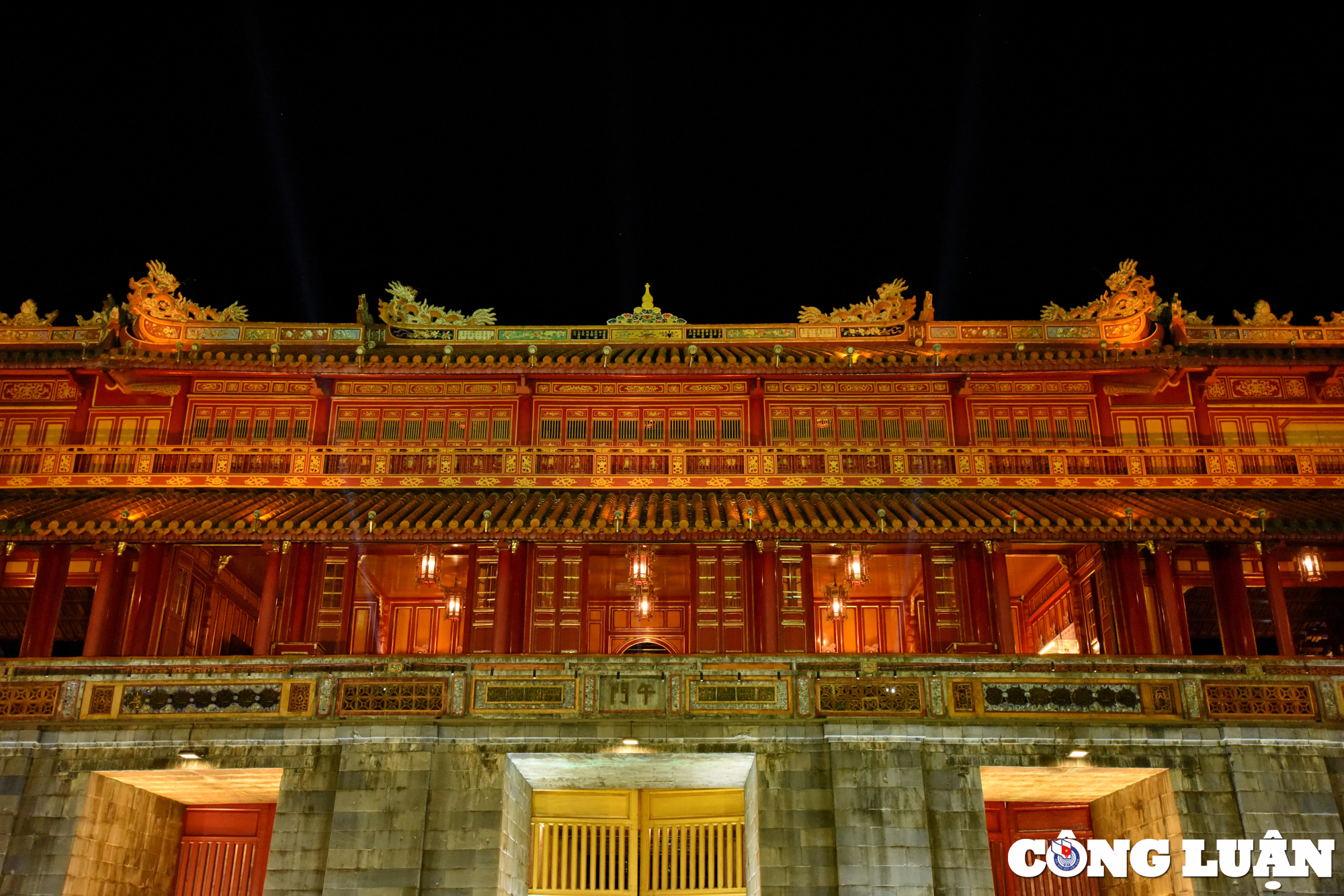
The dragon image appears prominently on the Ngu Phung floor in Ngon Mon, Hue.
Later, starting from the concept that in addition to the powerful symbol of the heavenly prince, the dragon also represents sacredness, protection, prosperity, luck, goodness, favorable weather, etc., so the dragon image gradually became popular among the people. culture and appear in many folk cultural institutions such as communal houses, pagodas, houses and even people's graves.
However, the folklorization of the dragon image also takes place to a certain extent and according to certain conventions so as not to violate and trivialize the image of the mascot, which is the prerogative of the royal family.
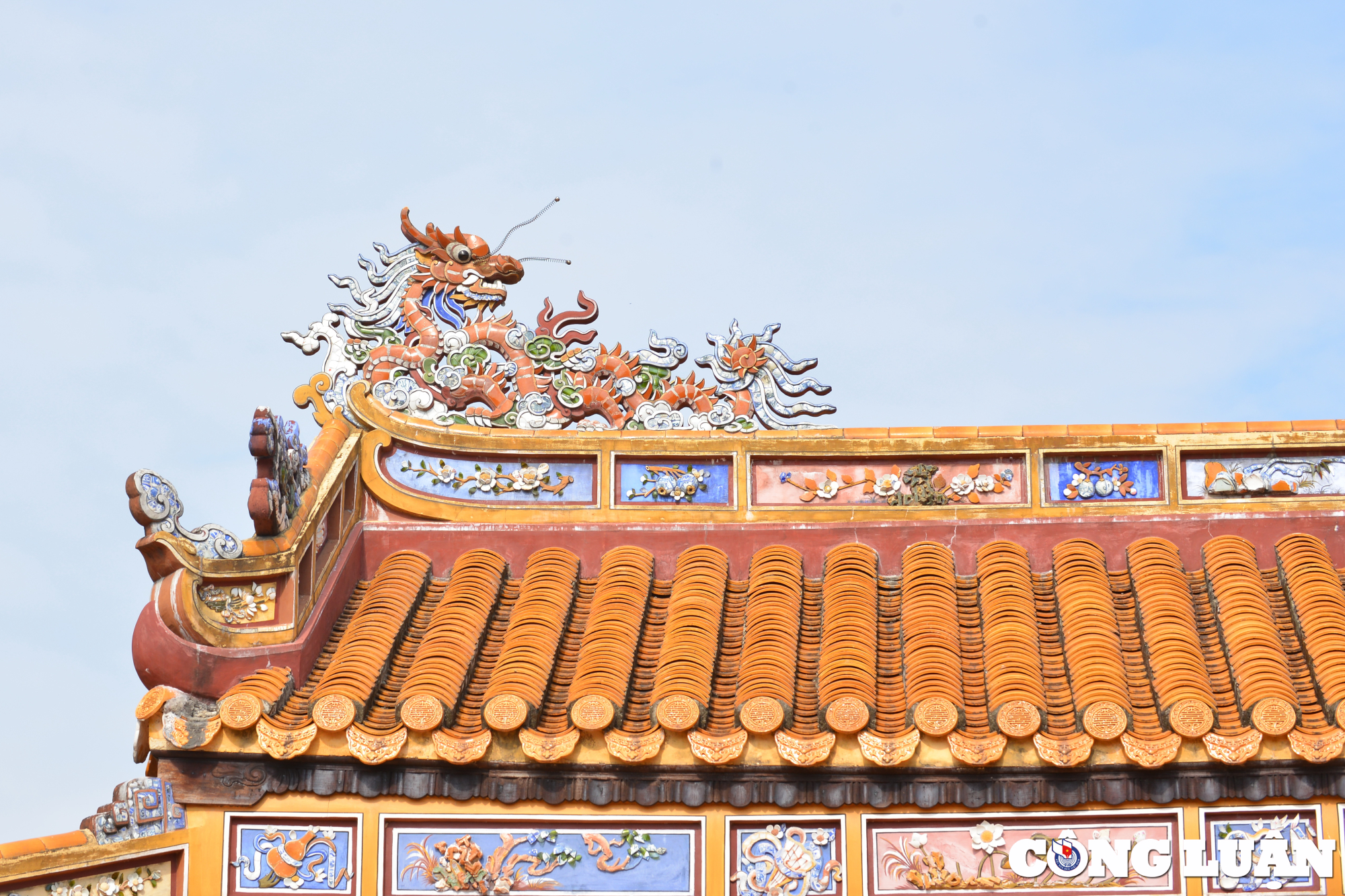
The majesty of the dragon on the roof of King Tu Duc's mausoleum.
According to researchers, royal dragons and folk dragons are different. The dragon symbolizing the emperor has a body with 81 positive scales, 36 negative scales, a body with 9 bends, and feet with 5 claws. Traditional dragons usually only have 3 or 4 claws; Or the dragon is transformed into other forms such as python dragon, Giao dragon, dragon horse, dragon horse, or chrysanthemum turns into dragon, bamboo turns into dragon...
Returning to the dragon image of the Nguyen Dynasty, we see that the dragon of this period inherited the elongated and slightly curved horn style of the Tran Dynasty dragon; The dorsal fin is thin, long, even... unlike the long ray fin with alternating one large ray and one small ray like the dragon of the Tran Dynasty; The dragon's body of the Nguyen Dynasty was also quite curved and diverse, but the dragon's solid body was soft and flexible, basically like the dragon of the Ly and Tran dynasties; twisted tail style resembling a dragon during the Le Trung Hung and Tay Son periods; Dragon cheeks are shorter and a bit fatter than the long, slender dragon cheeks of the Ly and Tran dynasties; The dragon gills of the Nguyen Dynasty were like pointed, sharp and long sparks of fire, different from the single vortex ridge of the Ly Dynasty and the many vortex ridges of the Tran Dynasty...
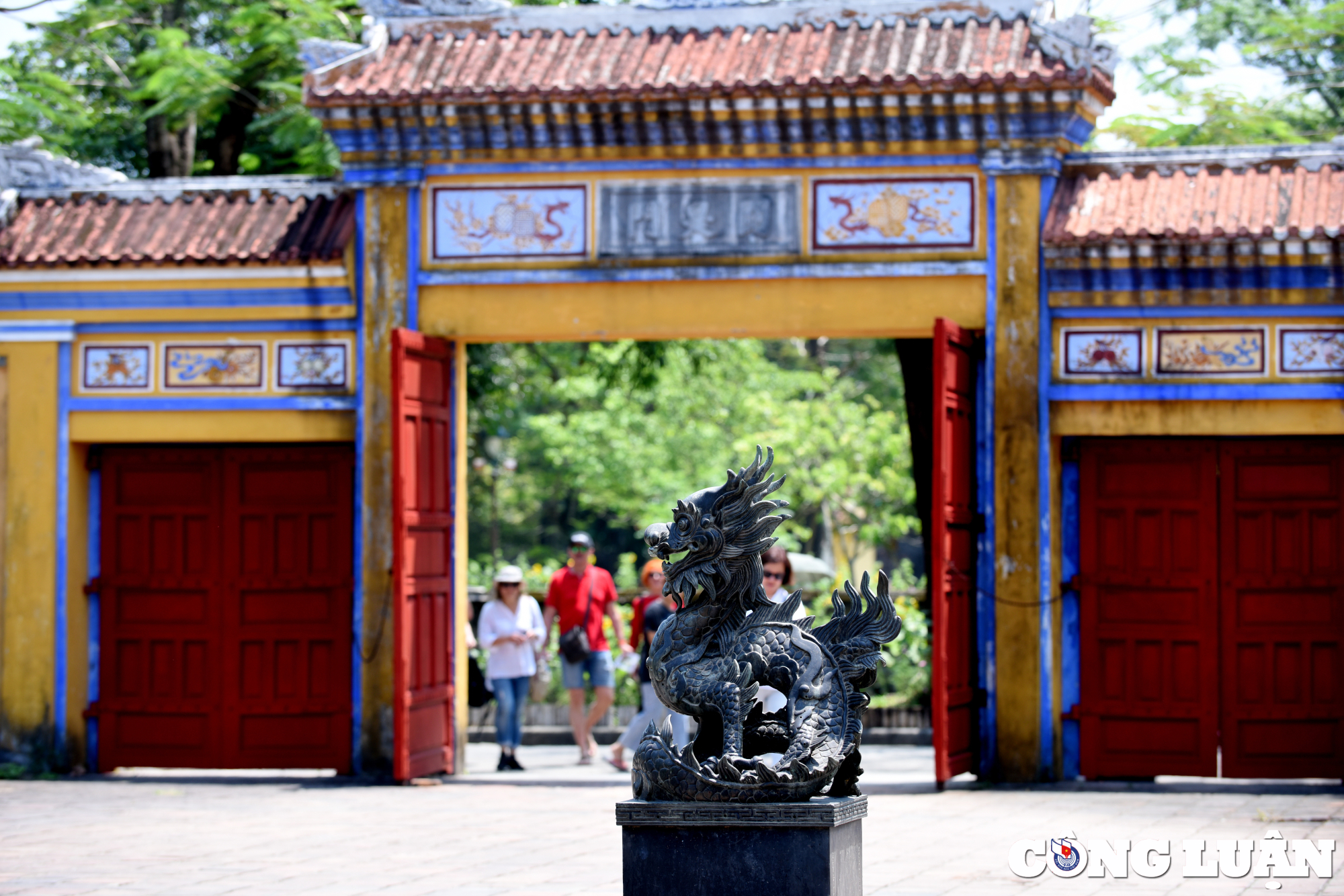
A rather elegant way of expressing a dragon flanking the sun is made of blue material on the roof of the palace of King Dong Khanh.
In general, dragons of the Nguyen Dynasty inherited the characteristics of dragons of previous periods, but their appearance and spirit seemed stronger and more majestic, and their expressions were also richer and more diverse. Depending on the position and meaning expressed, dragons in this period sometimes only appeared in a certain part of the body such as the head, face, or body... and not just in whole form like in previous periods. .
Dragons of the Nguyen Dynasty are represented in many different unique themes such as: two dragons that compete with pearls, two dragons of the Nhat dynasty, dragons of the Japanese dynasty, dragons of water, dragons, dragons, dragons, dragons, dragons, dragons, dragons, dragons. During the festival, bamboo turns into a dragon, chrysanthemum turns into a dragon...
The materials used are also very rich, in general, in reality, dragons are represented by materials such as gold, silver, copper, stone, mortar, wood, fabric, bone, ivory, ceramic. , porcelain... The ways of expression are also diverse such as: casting in bronze, carving in stone, plastering with lime mortar, carving with wood, inlaid with mother-of-pearl, embroidering on fabric, drawing on paper, ceramics, porcelain...
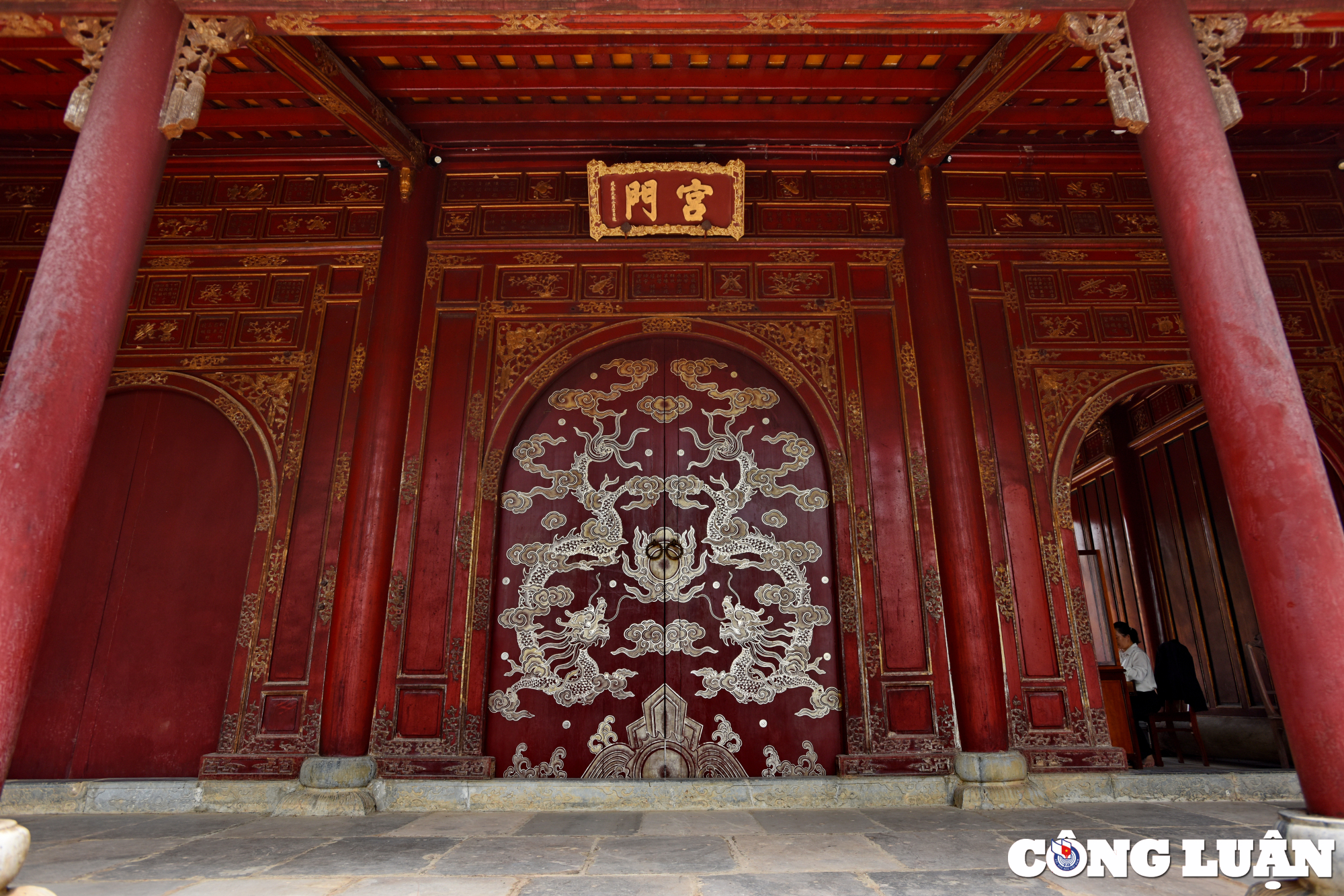
A beautiful bronze dragon statue cast in 1842 is placed in front of the Duyet Thi Duong theater yard in the Citadel, Hue.
We can mention here some typical and unique dragon decoration styles in Nguyen Dynasty art. For example, in the two octagonal houses on both sides of the Kien Trung building in the Forbidden City, all the dragons located on the roof of the building are facing outwards, not in the usual "return to the dragon" style. is an interesting exception.
Or like at Ngung Hy Palace and Dong Khanh Mausoleum, where the two gables and the corner of the gate are decorated, the dragon is decorated in the form of a "tiger talisman" in the form of a dragon's face looking directly at it with the word "Tho" or a circle in its mouth. .
There is a very special case in Long An Palace, all of the trusses supporting the roof of the building are made of solid wood and carved with dragon themes with extremely sophisticated techniques. These carvings are considered masterpieces of traditional Vietnamese wood carving art.
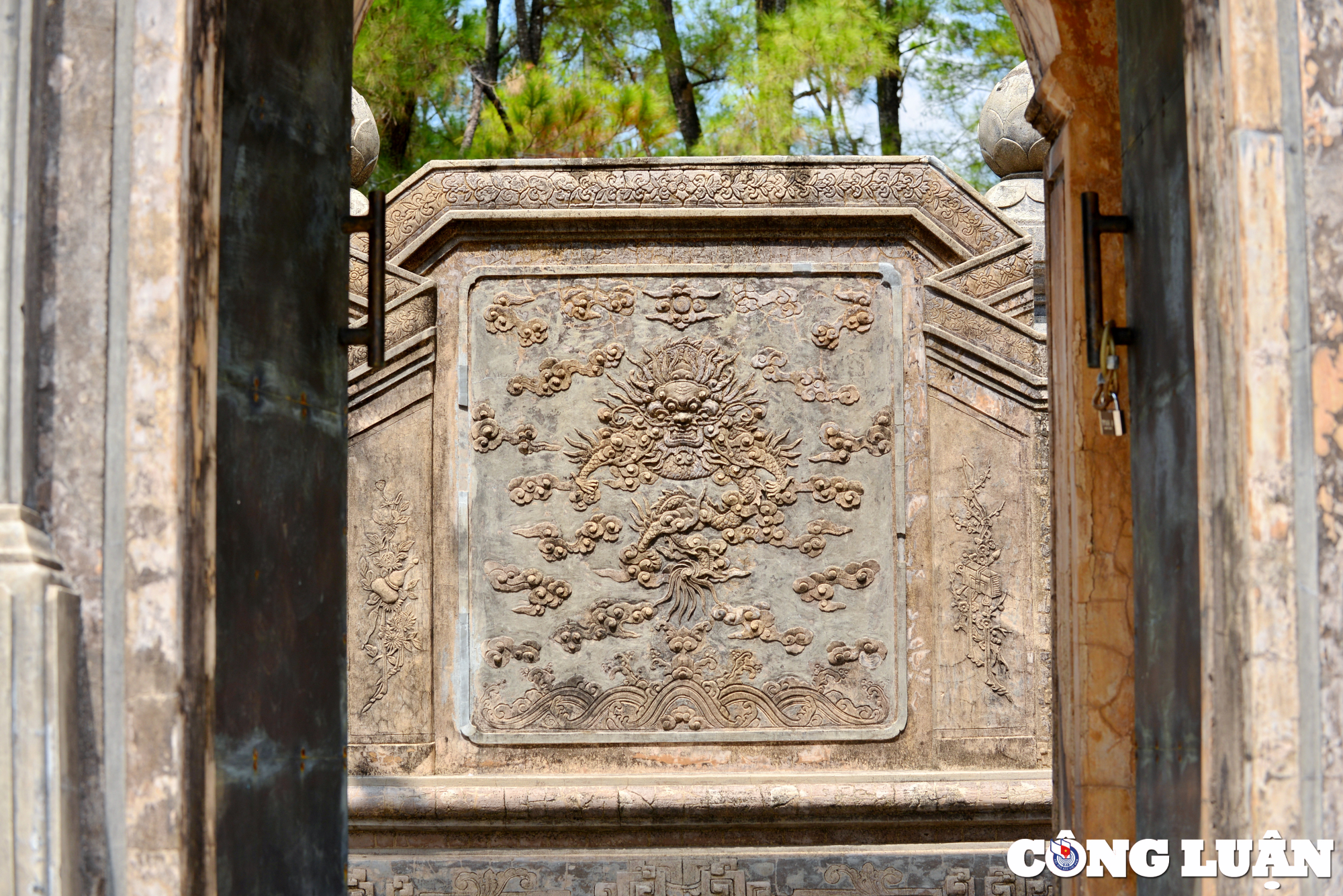
The dragon relief is carved in the form of a "tiger charm" with very sophisticated and vivid lines on the screen of King Dong Khanh's mausoleum.
It can be said that, over the years and surpassing the institutions of the time, by the time of Nguyen Rong, it had reached a level of strong development and perfection in terms of content, form and expression, so it was possible to affirms that dragons are a characteristic of Vietnamese culture during the Nguyen Dynasty.
And to this day, through many ups and downs of the times, the image of dragons in the Nguyen Dynasty is still very vividly and fully present in a huge heritage treasure of many types of art from the royal court to the present. folk, enough to be able to call Hue the land of dragons, the land of ancient gods.
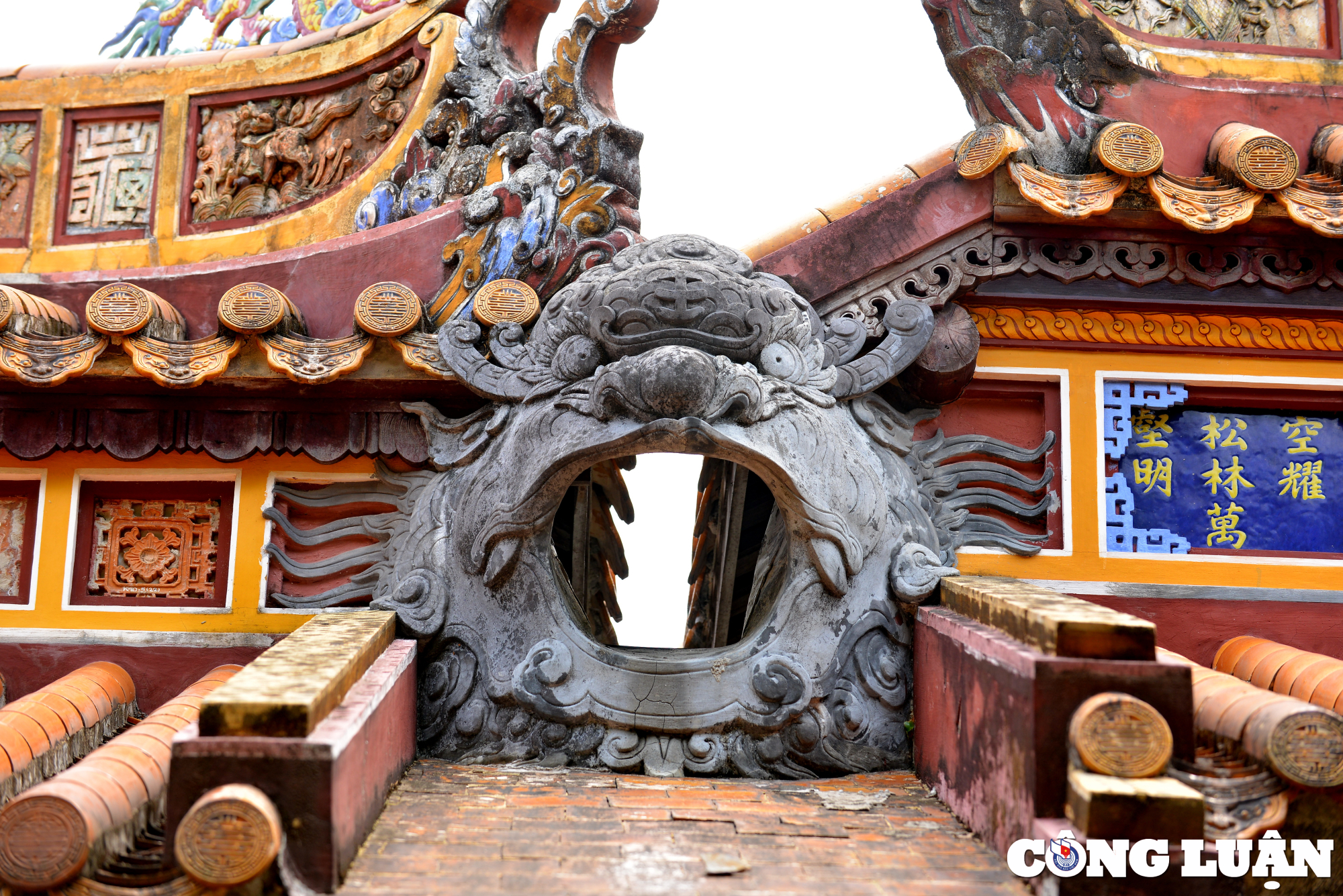
A rather strange dragon head decoration on the drainage pipe on the roof of King Dong Khanh's mausoleum.
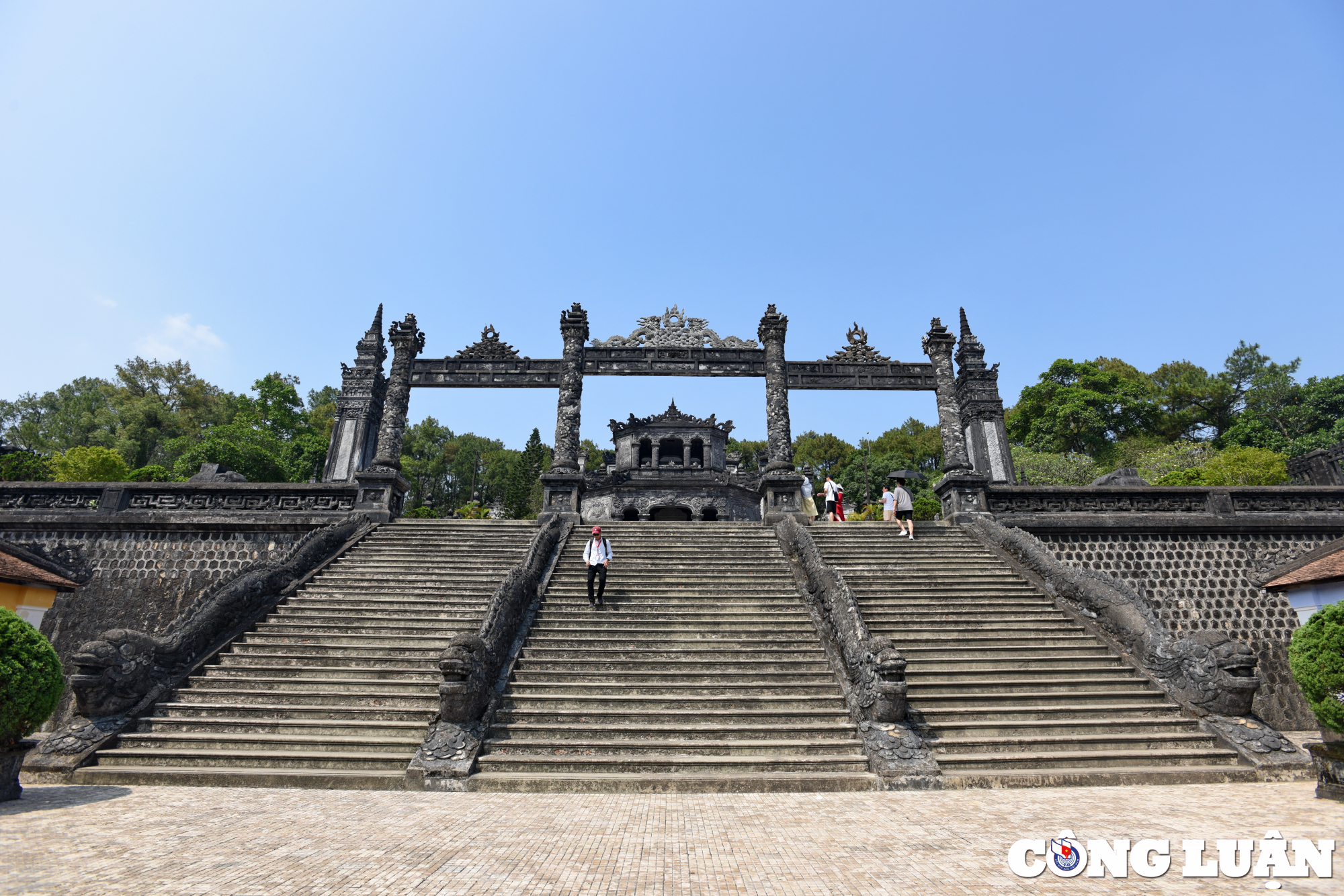
Four large cement dragons with a rather plump and joyful appearance stand at the entrance to King Khai Dinh's mausoleum
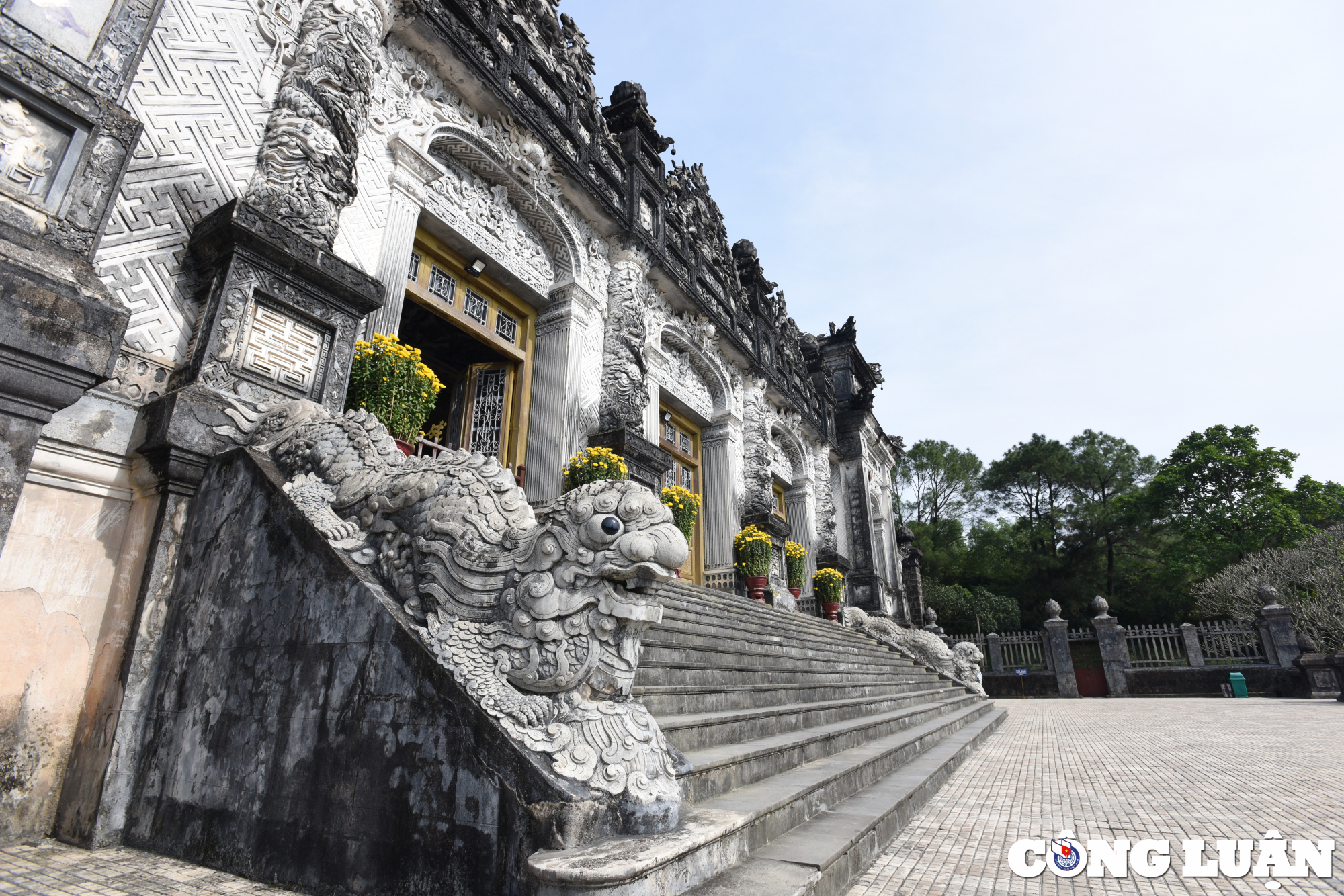
Meanwhile, the dragon in front of Thien Dinh palace of Khai Dinh tomb has a more majestic appearance with magical eyes thanks to colored glass.
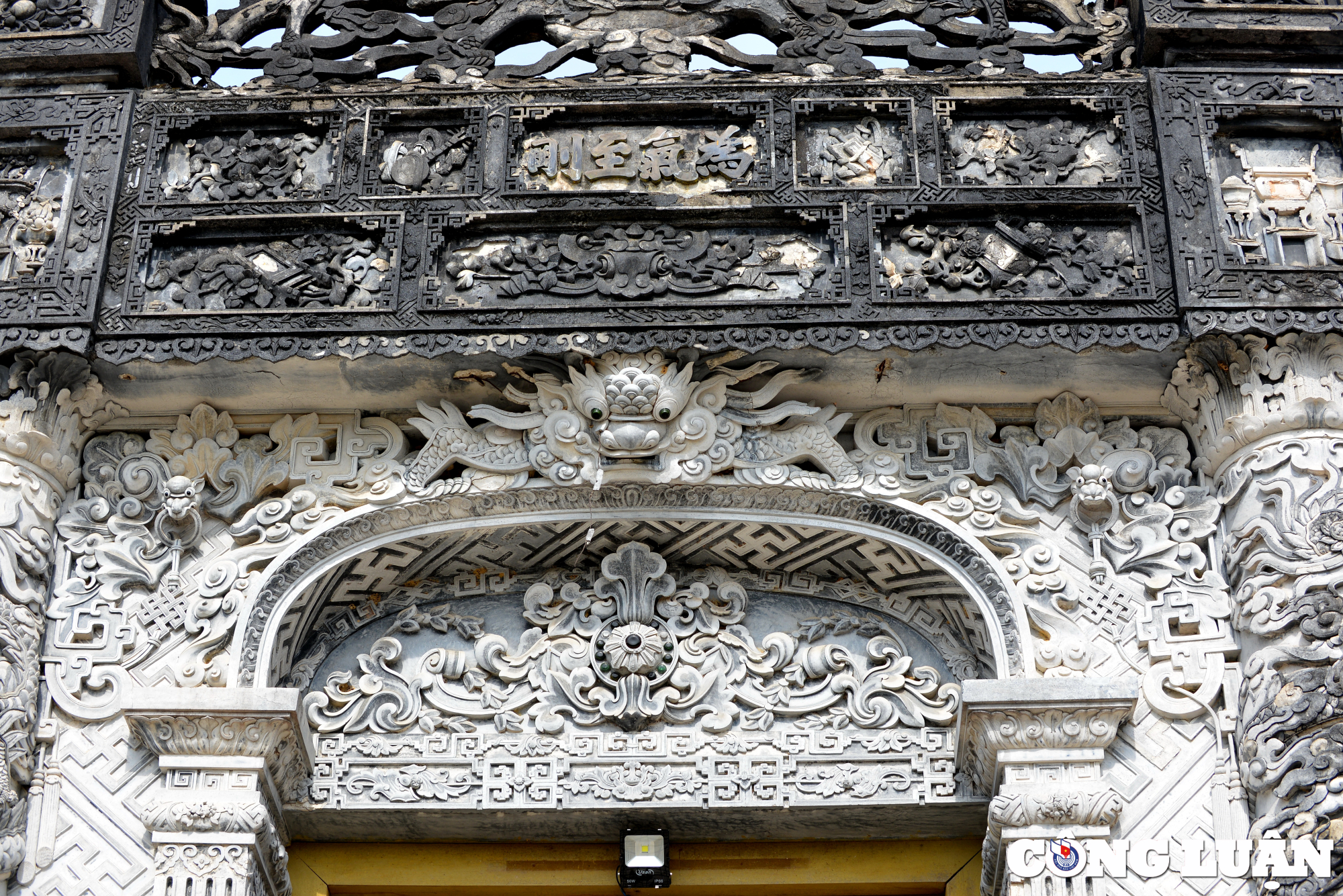
The dragon's face embossed in the form of a "tiger talisman" in cement material at King Khai Dinh's mausoleum has the influence of the dragon of the Qing Dynasty (China).
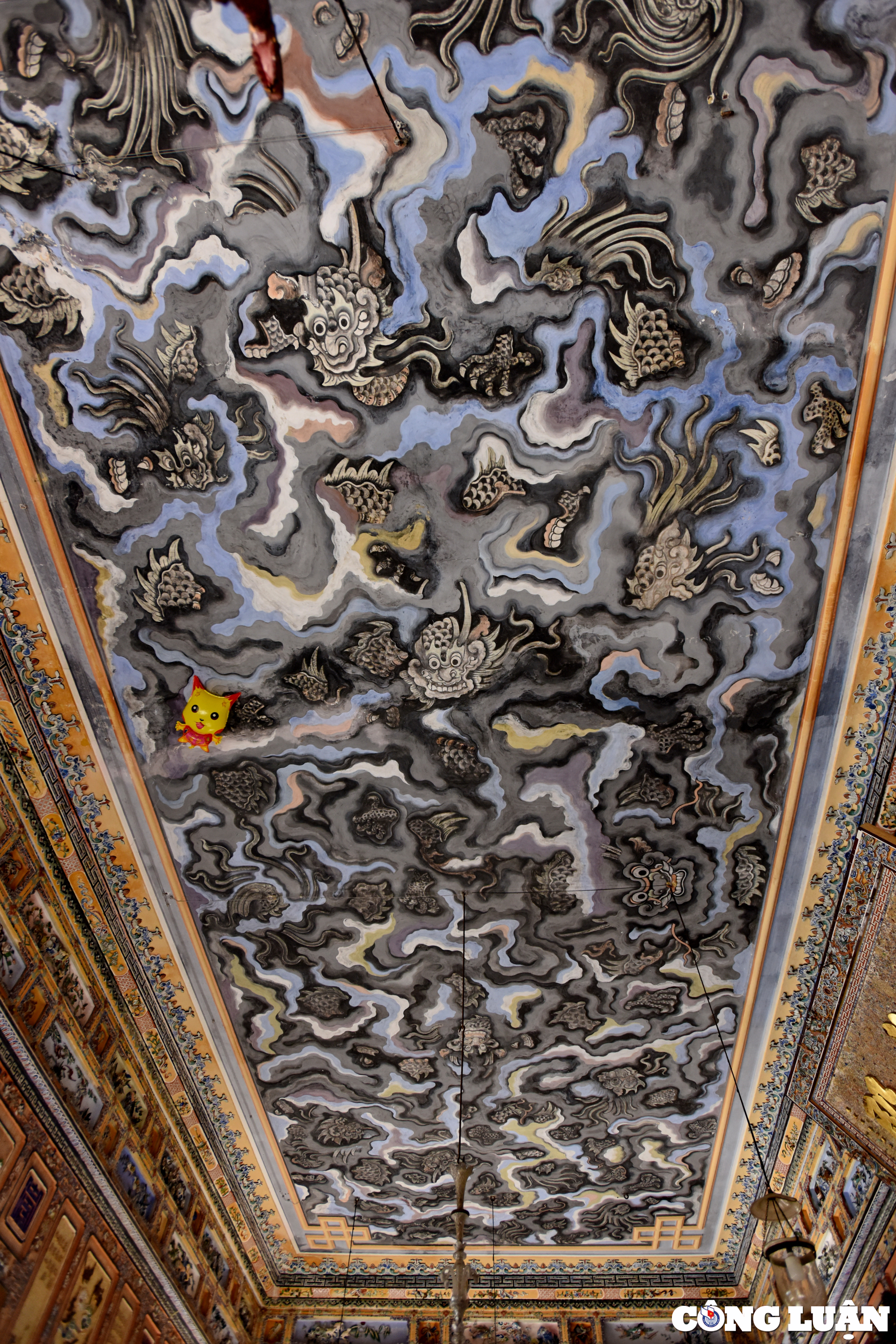
The painting "Nine Dragons Hidden in the Clouds" depicts 9 dragons hidden in the clouds, a masterpiece of Vietnamese painting at the tomb of King Khai Dinh.
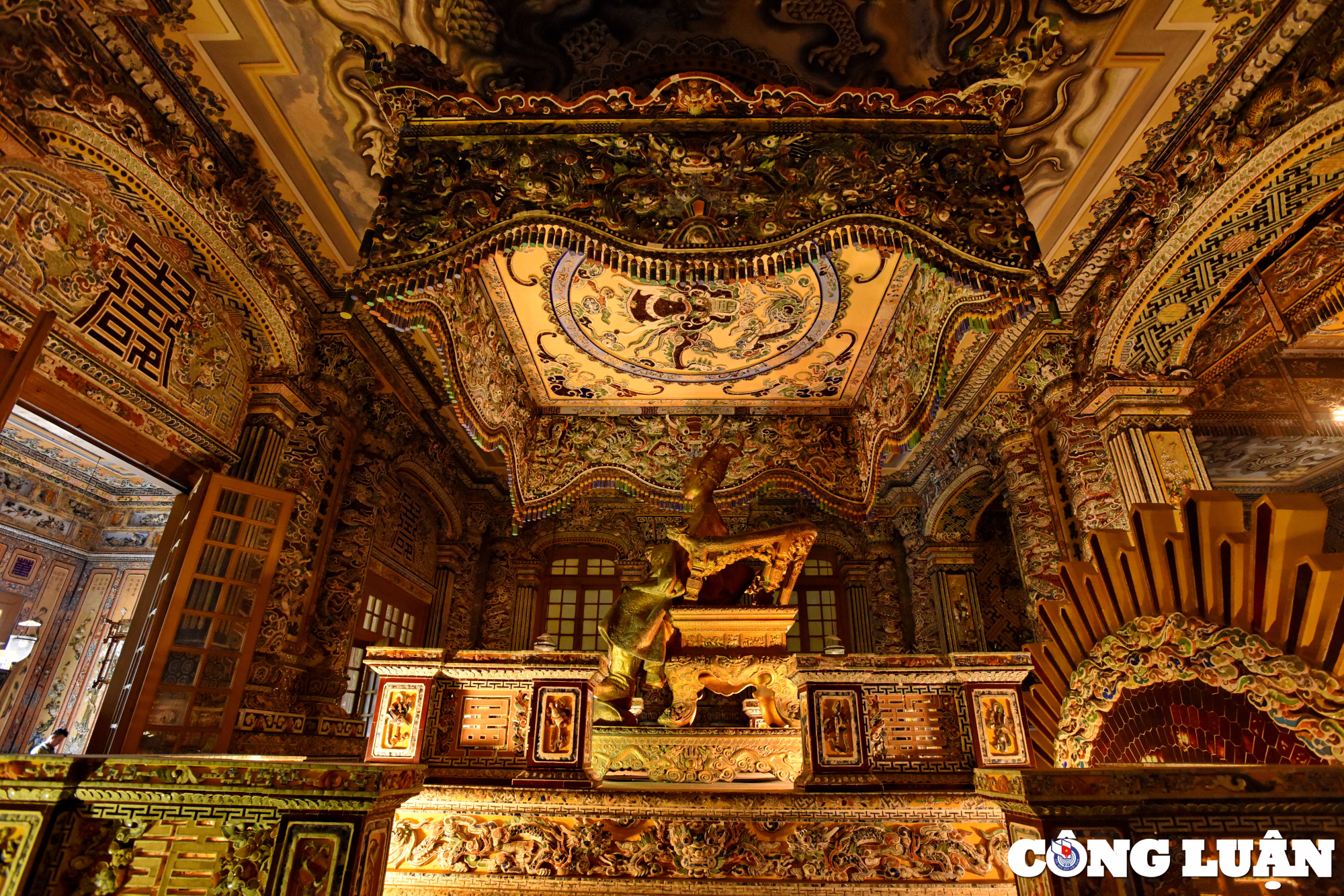
The giant canopy weighing about 1 ton of King Khai Dinh's mausoleum is splendid with dragon images inlaid with porcelain.
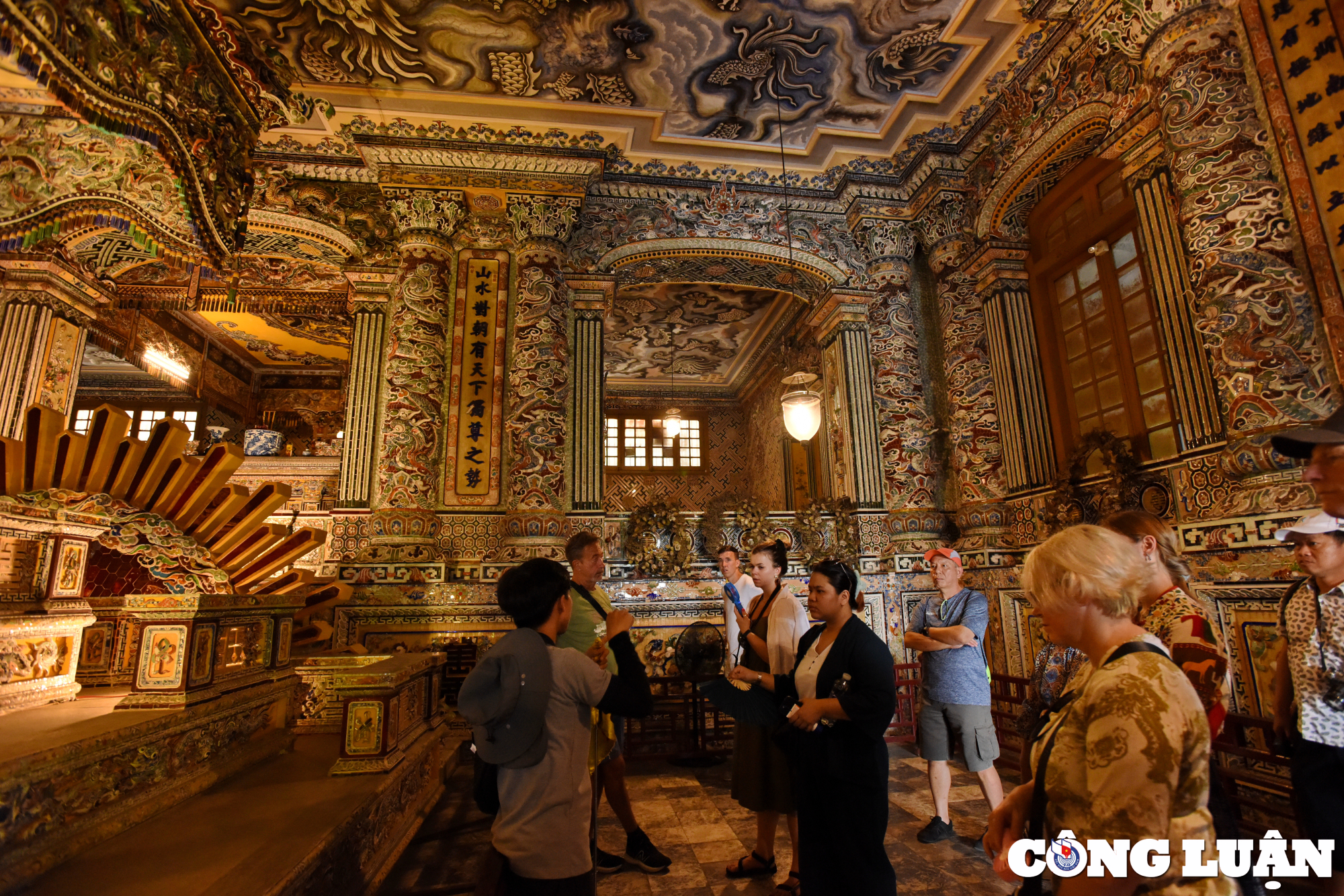
The inner palace of Thien Dinh palace and King Khai Dinh's mausoleum are brilliant with images of dragons, phoenixes, flowers, leaves... inlaid with porcelain.
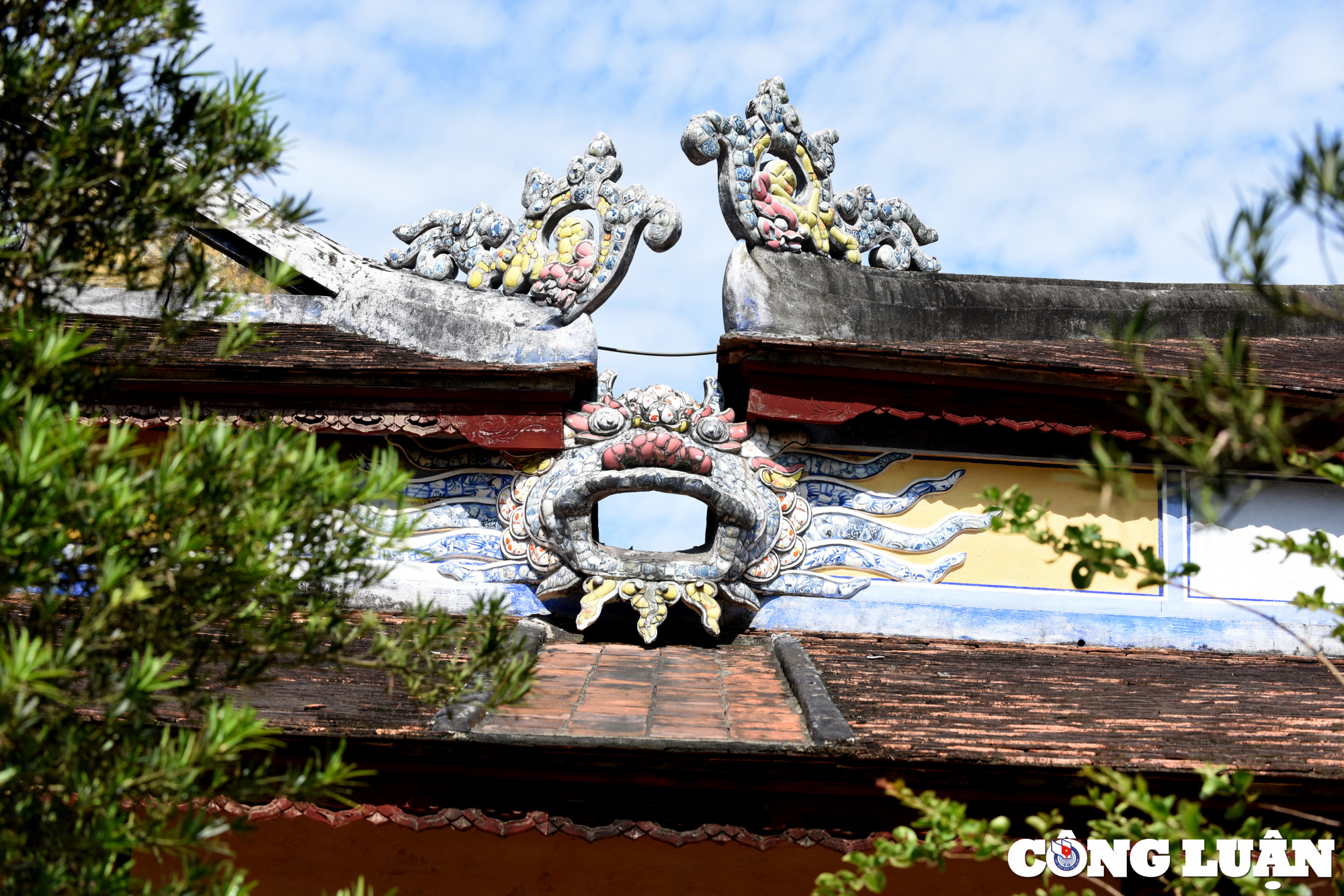
The dragon's head has the shape of a carp in the drainage area on the roof of Thien Mu Pagoda.
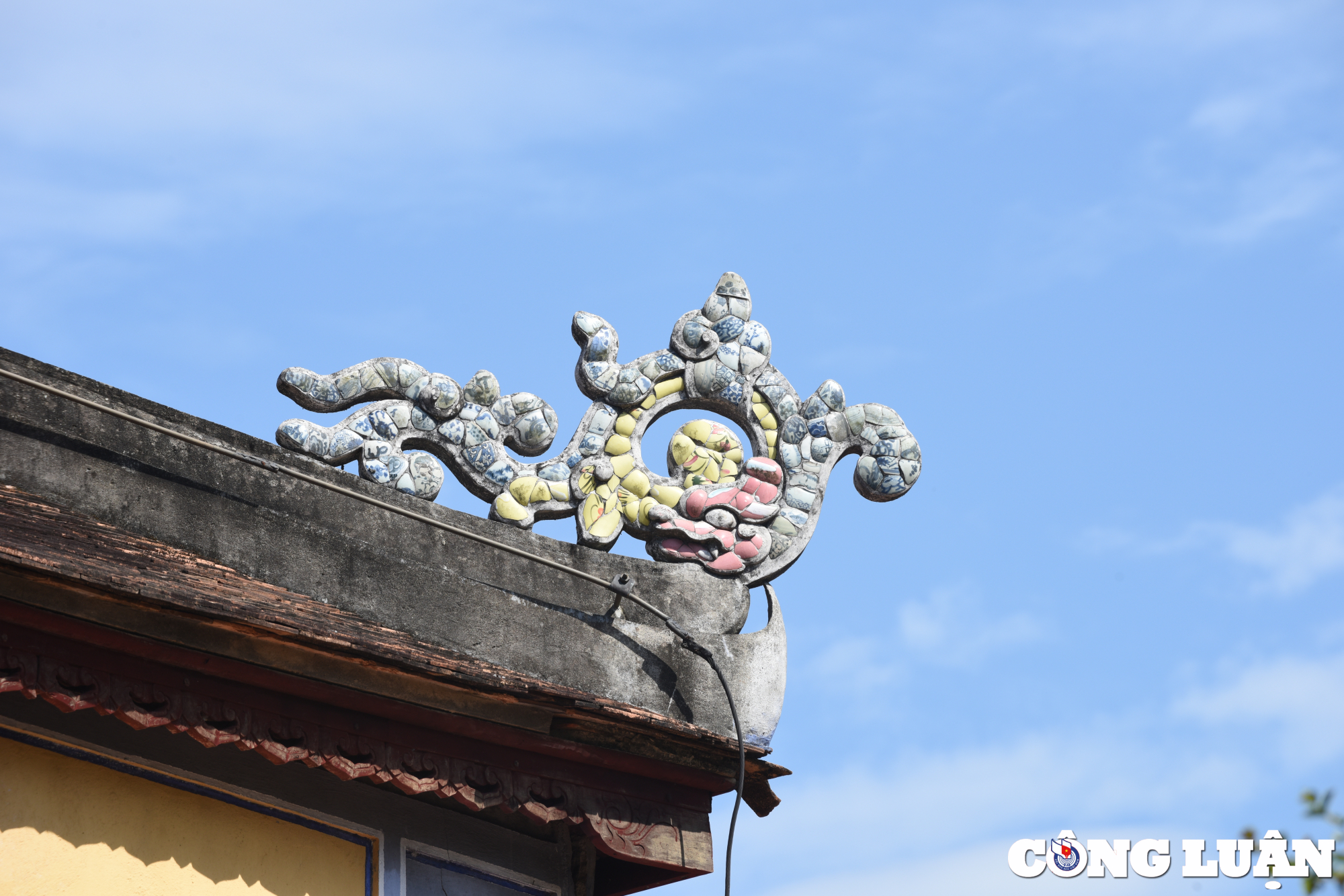
The decoration of dragon flower vine and reincarnation bearing Buddhist imprints on the knife head of Thien Mu pagoda.
Hue
1560 view
Update day
: 14/02/2024
Bài, ảnh: Nam Phong


 vn
vn en
en ja
ja ko
ko zh
zh


















